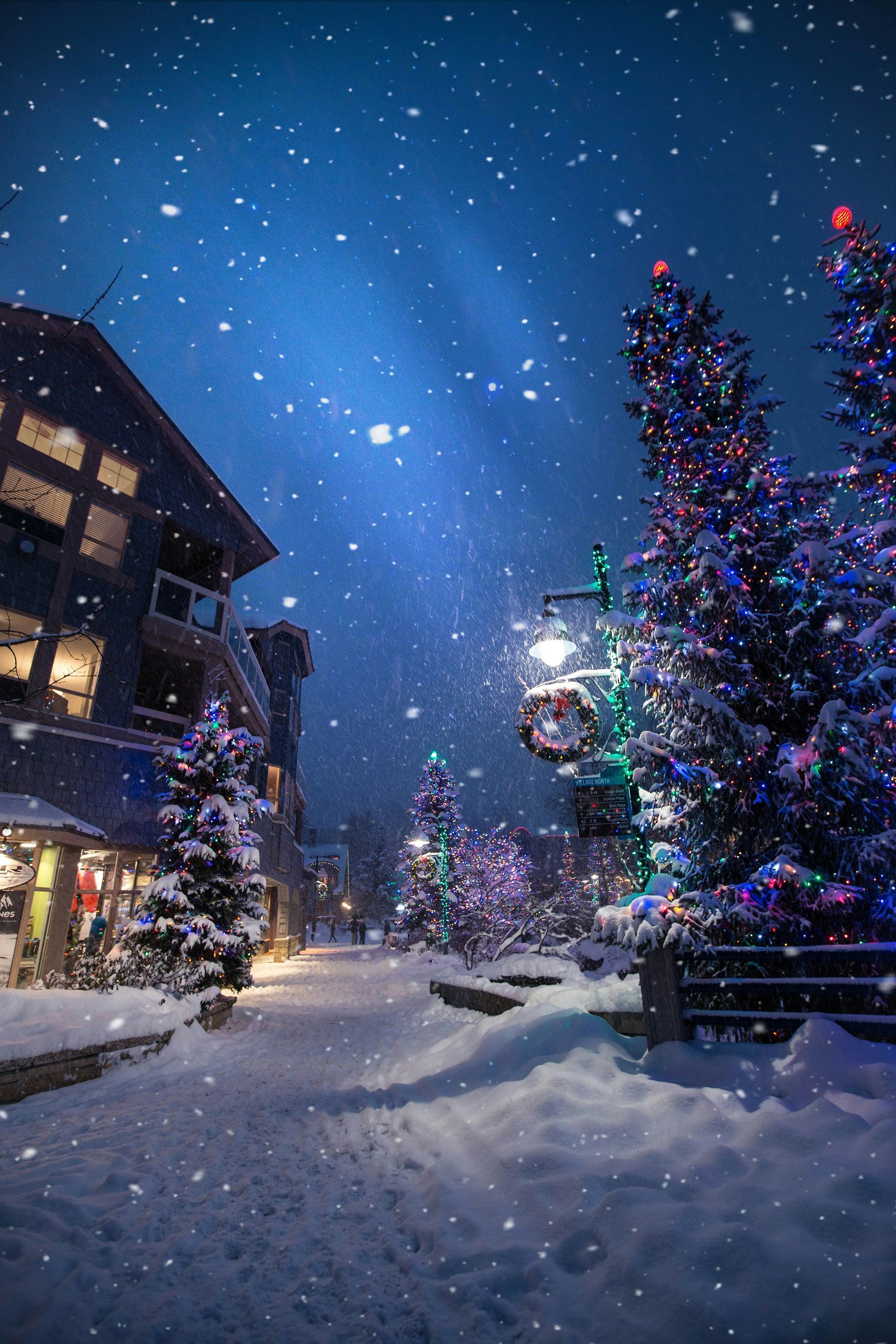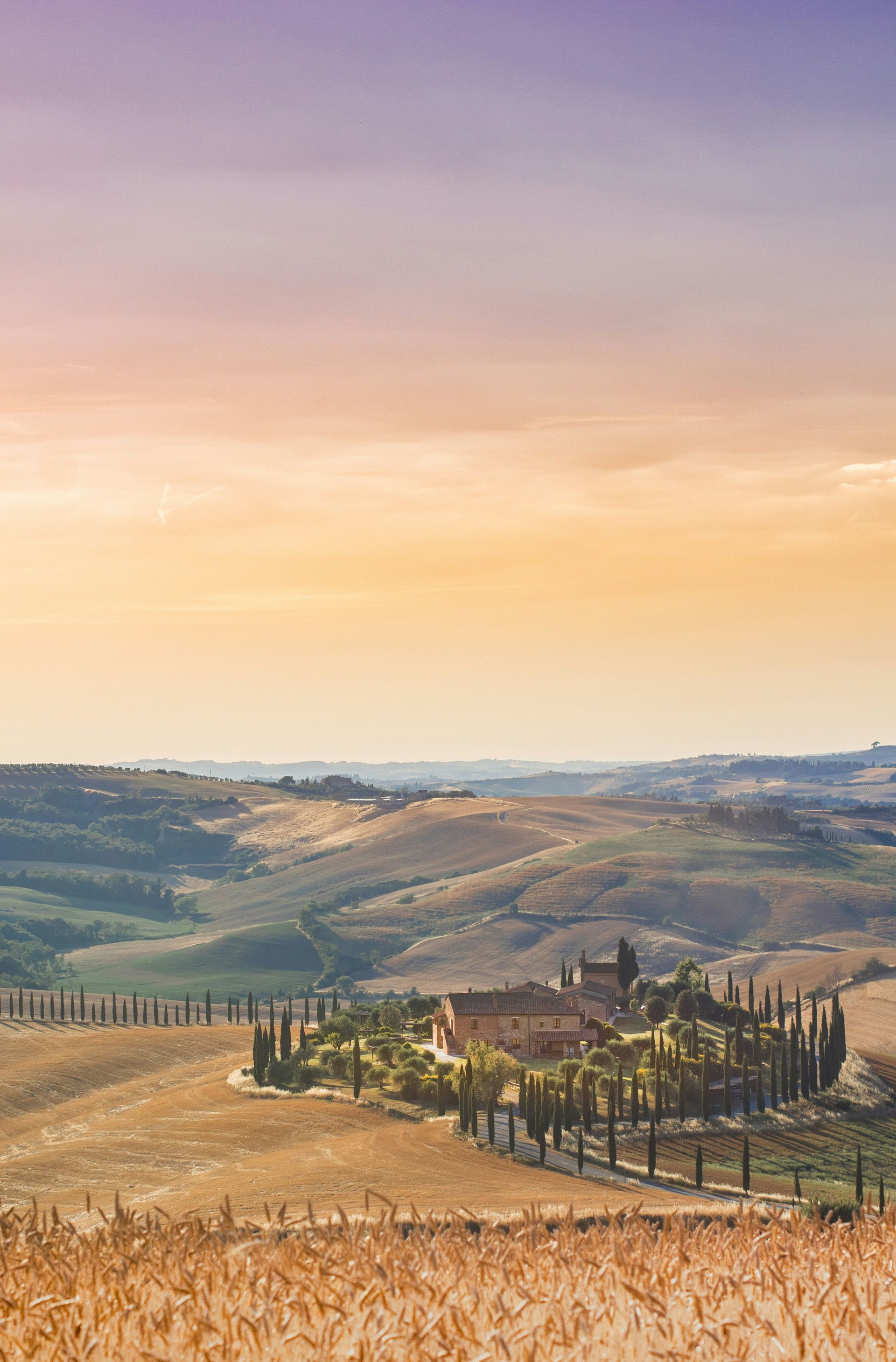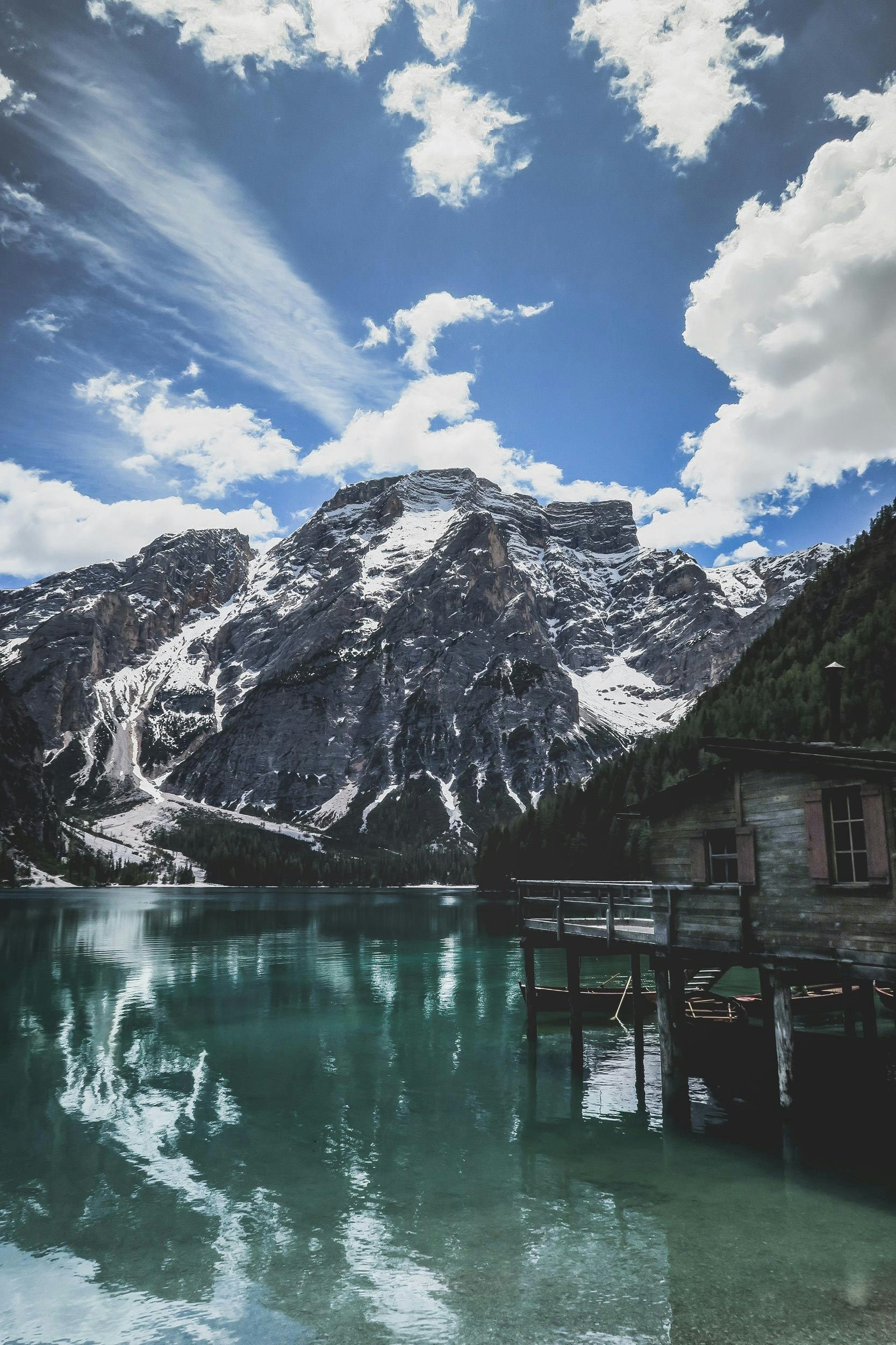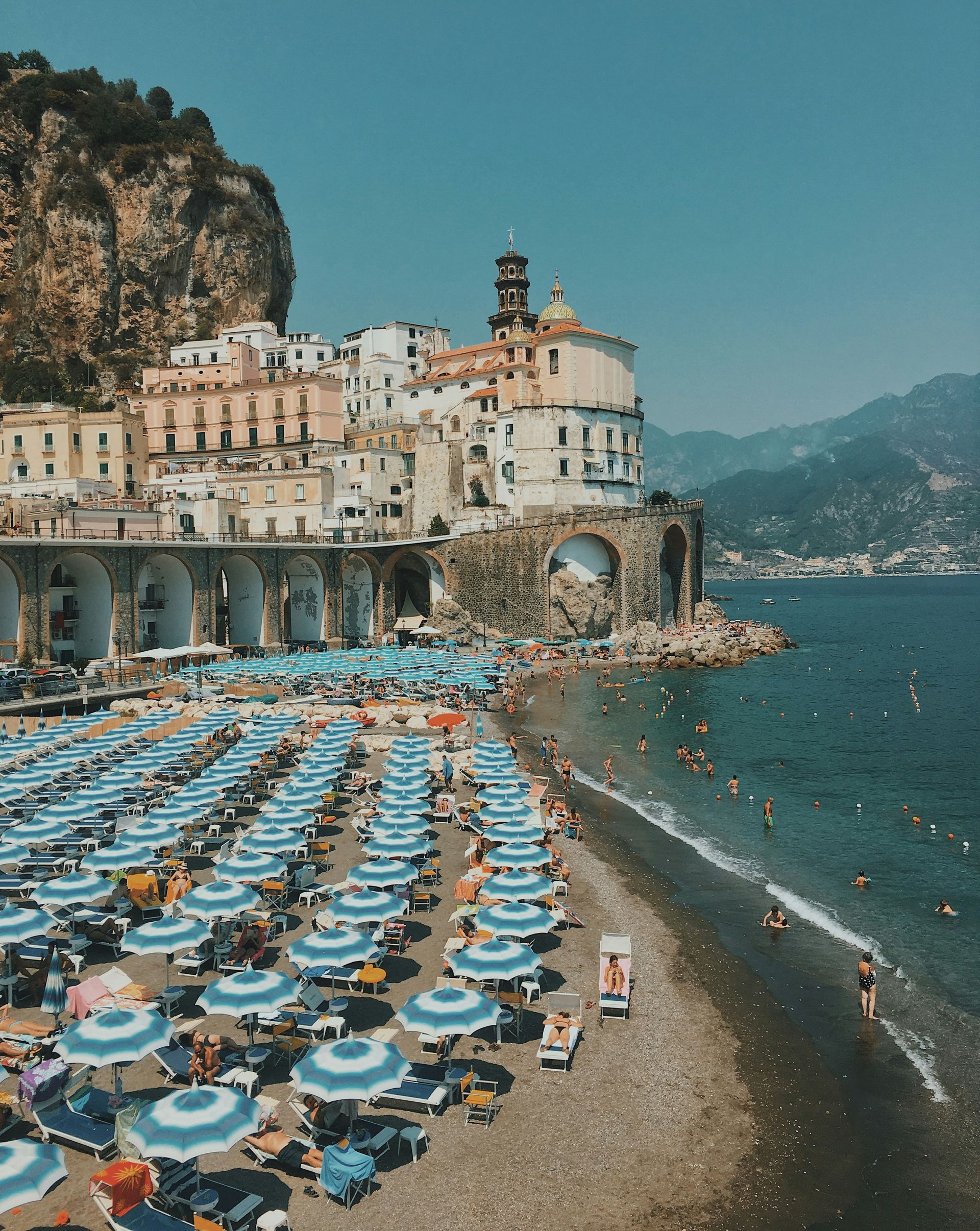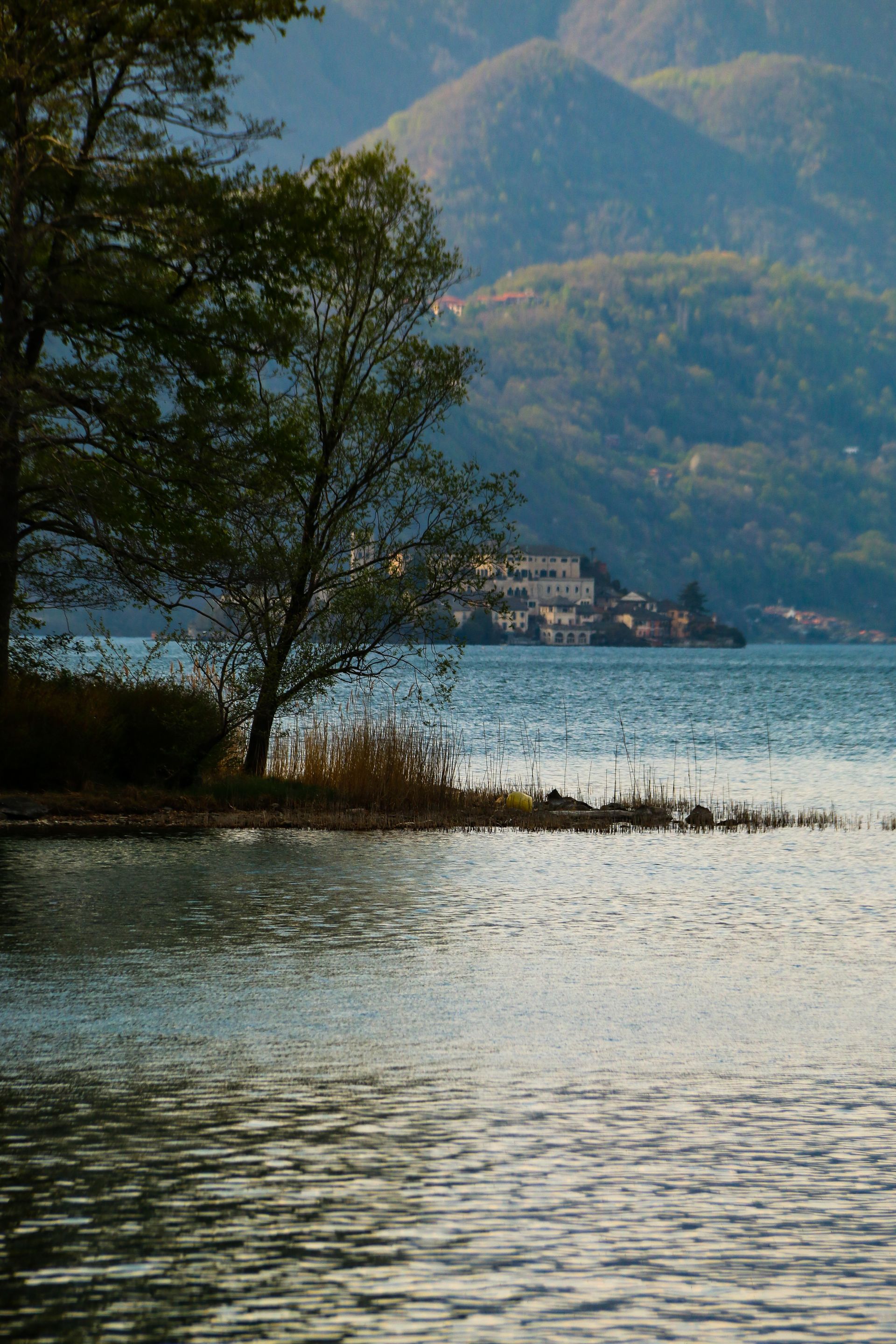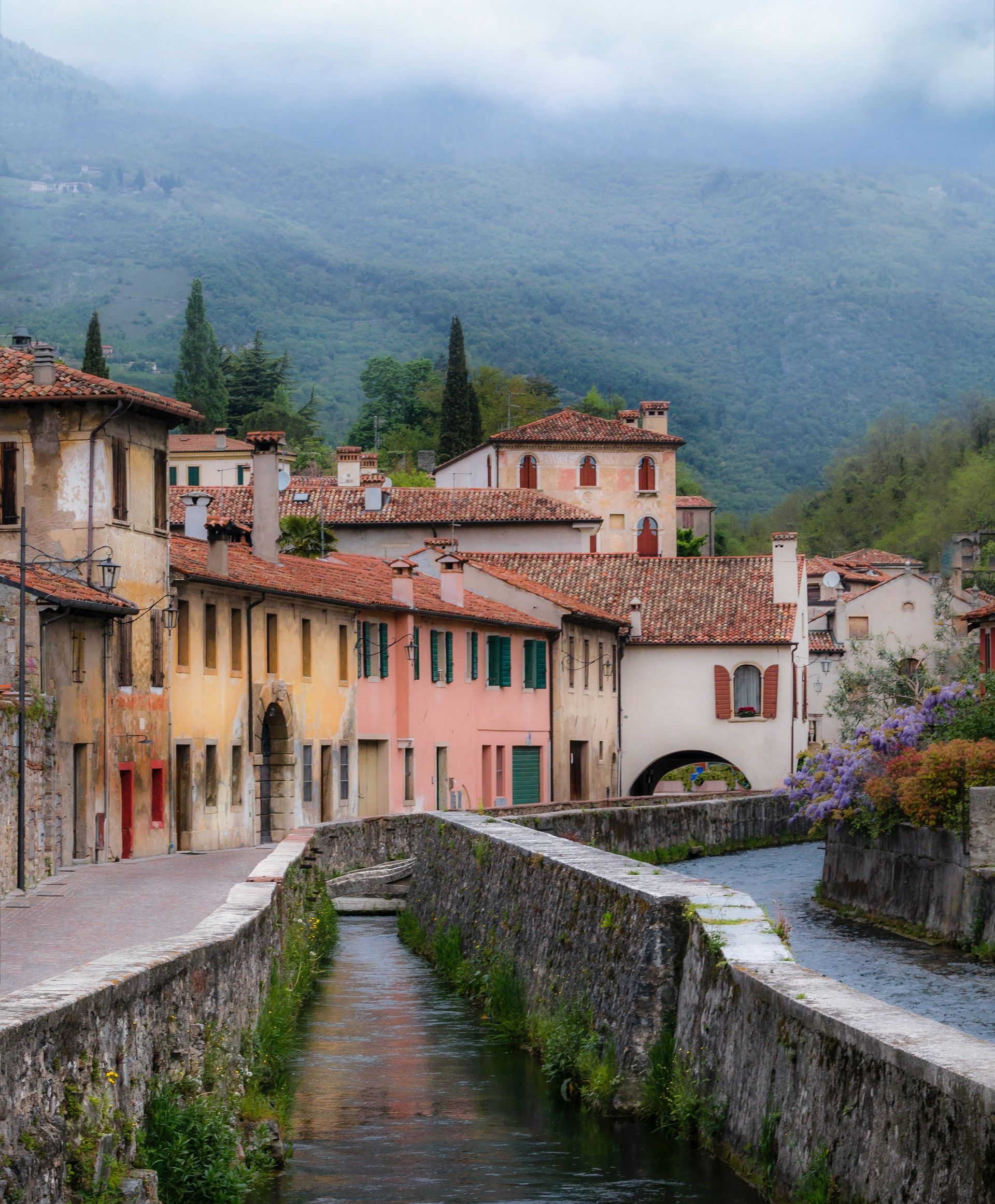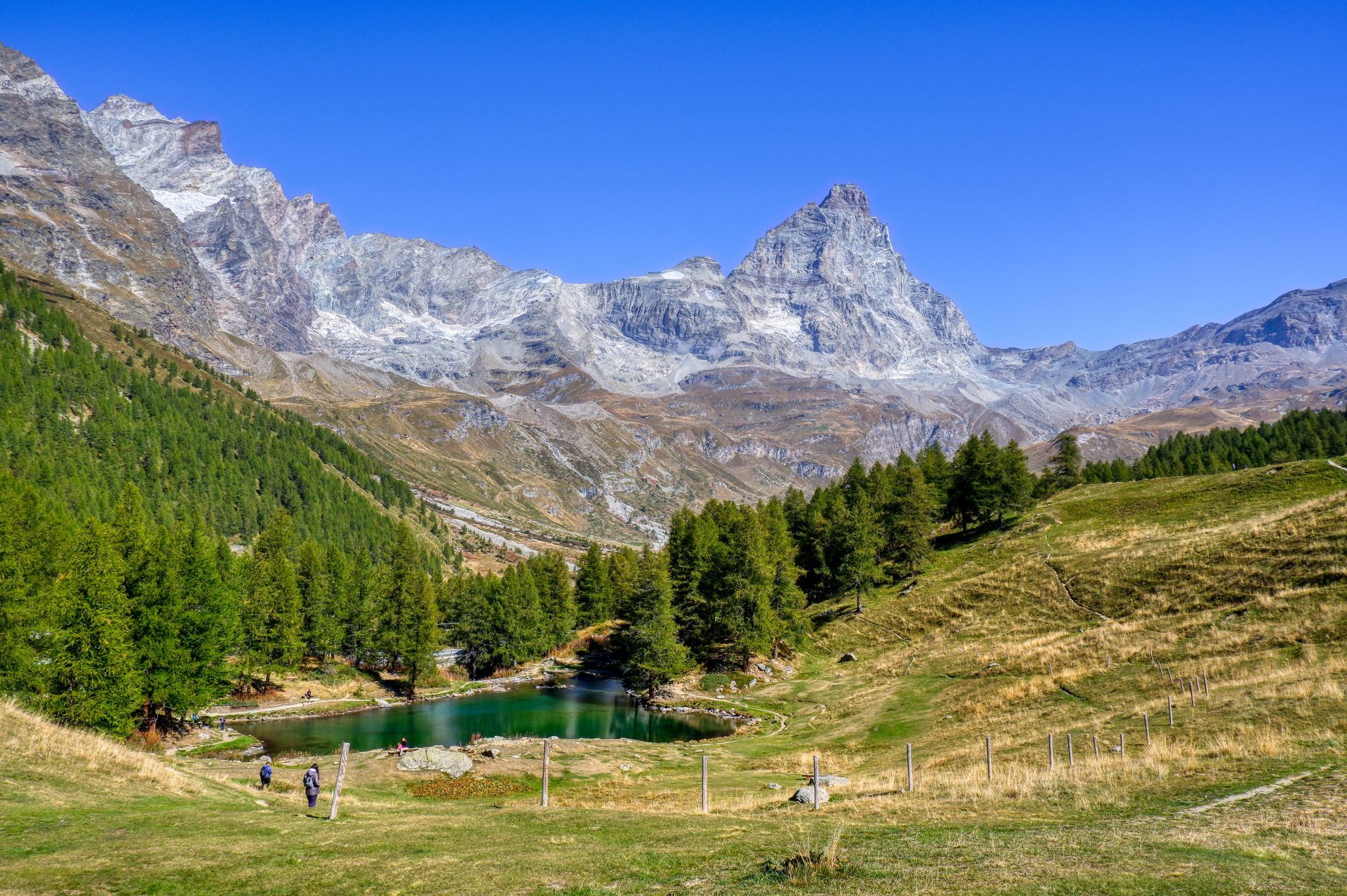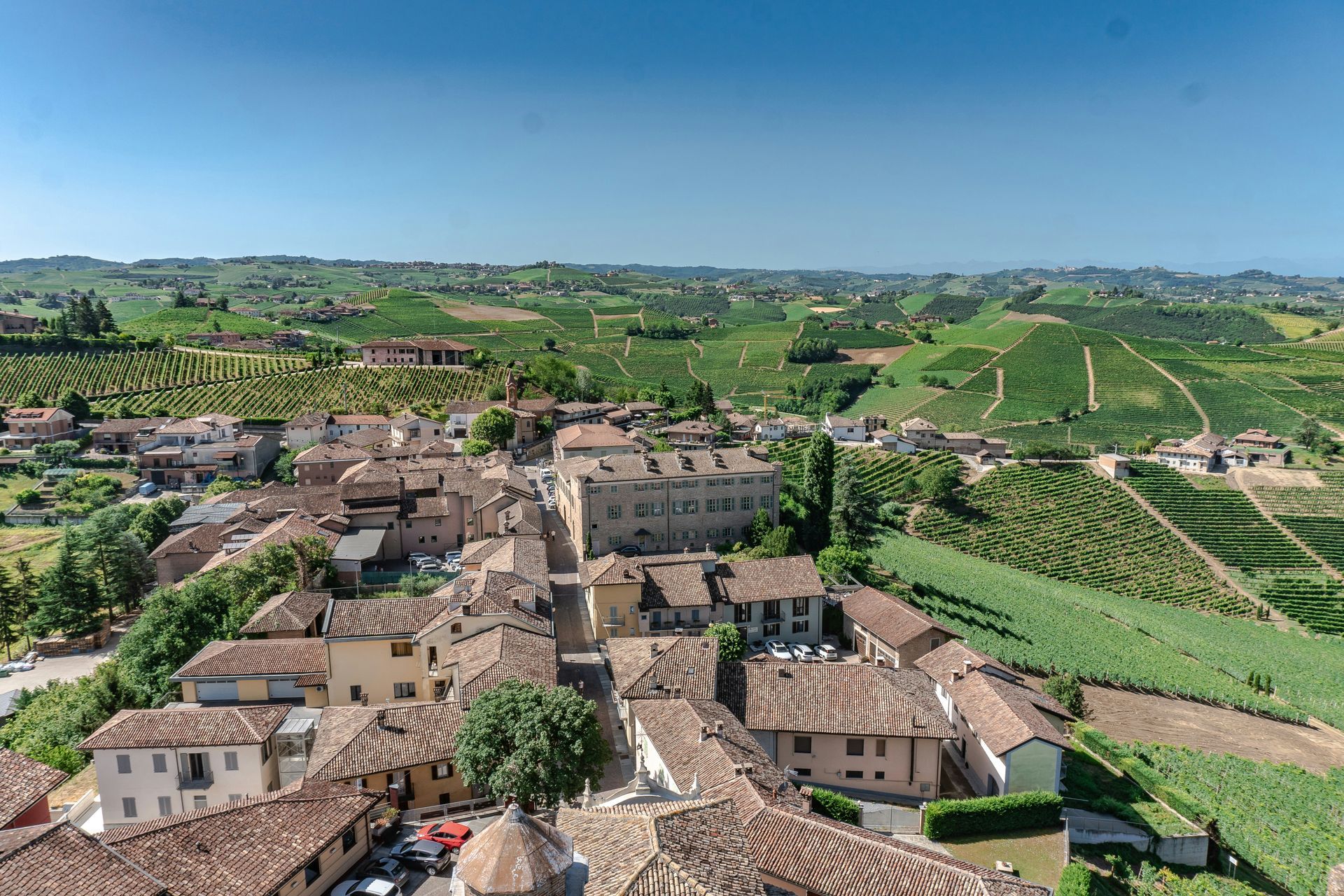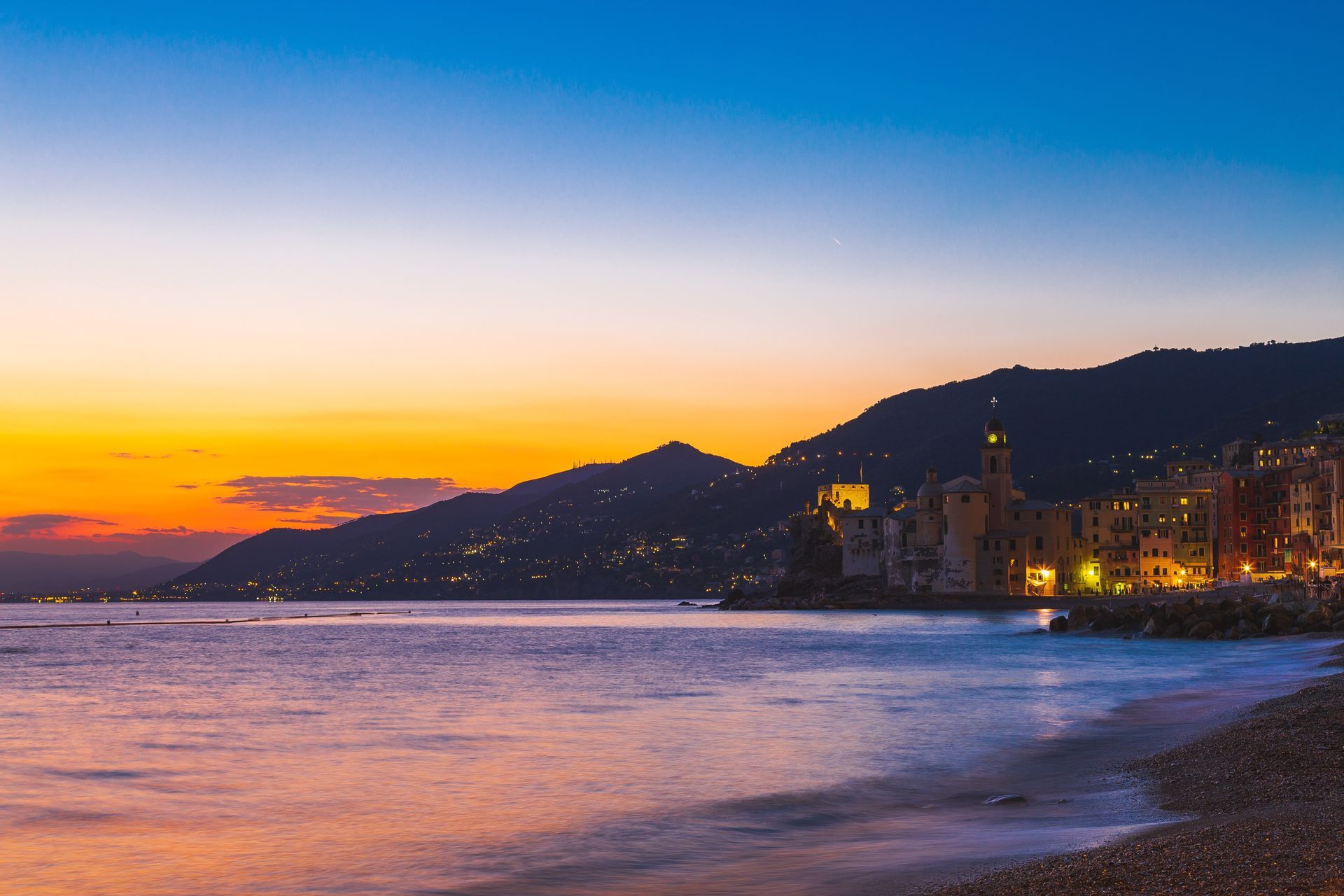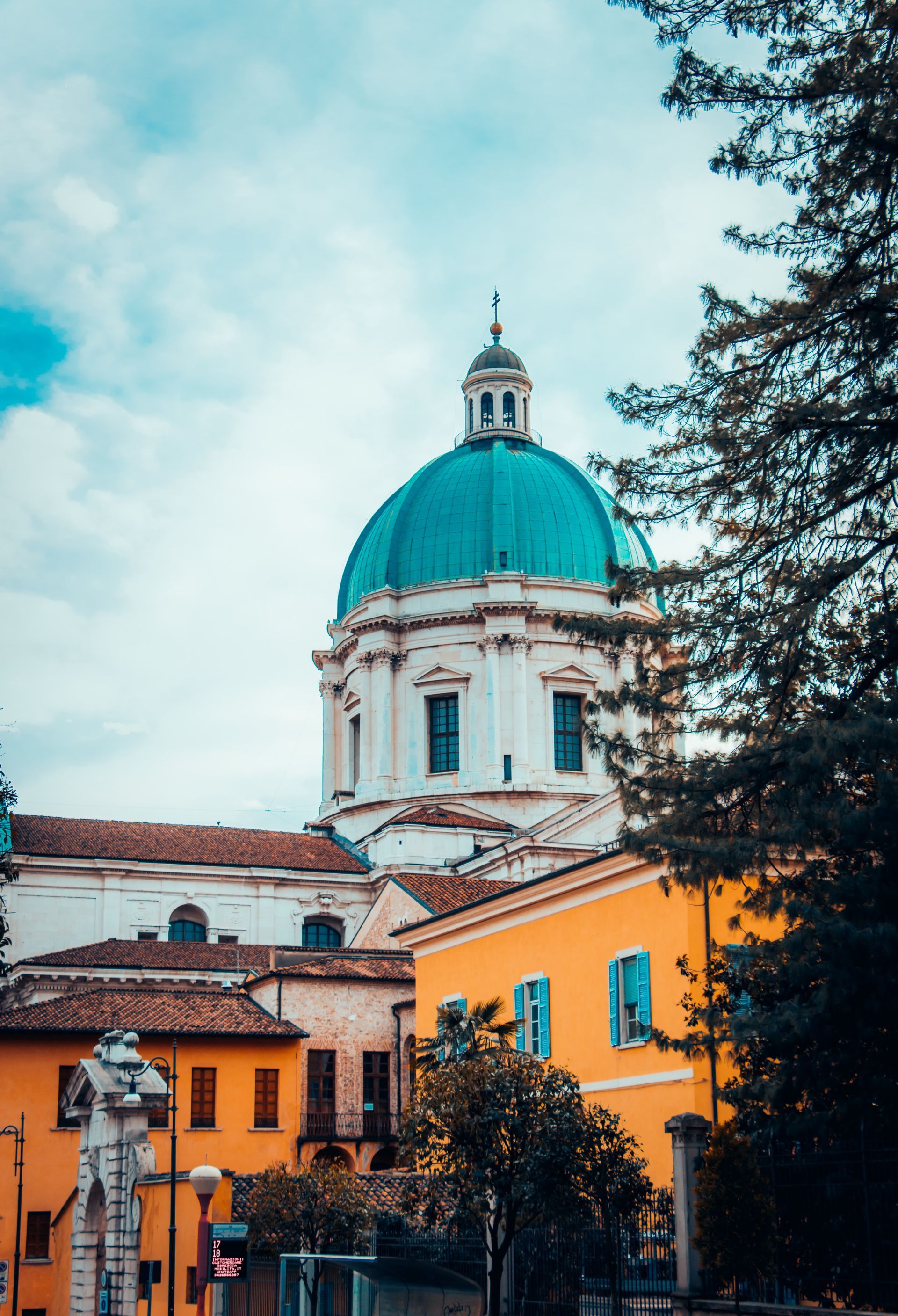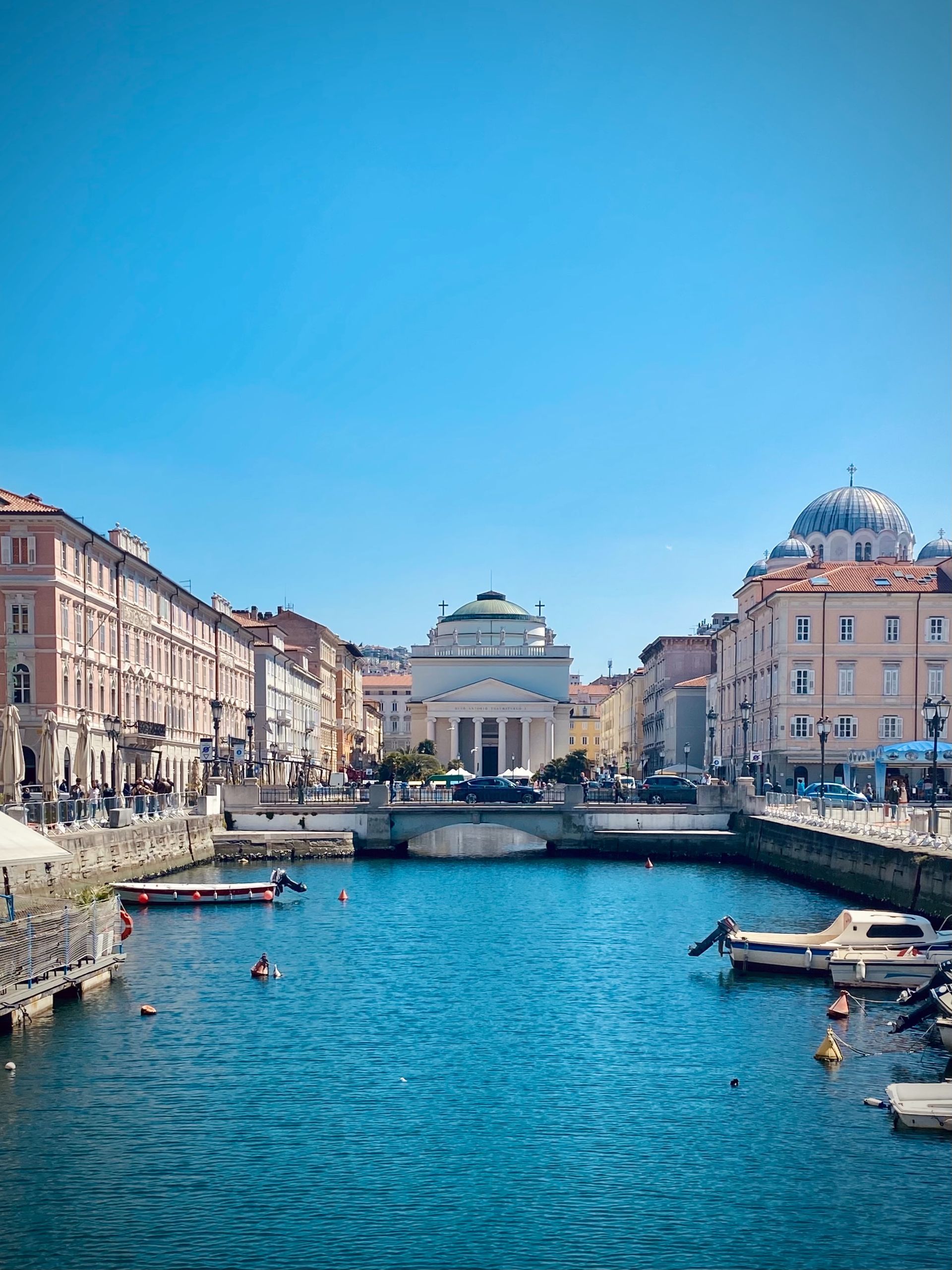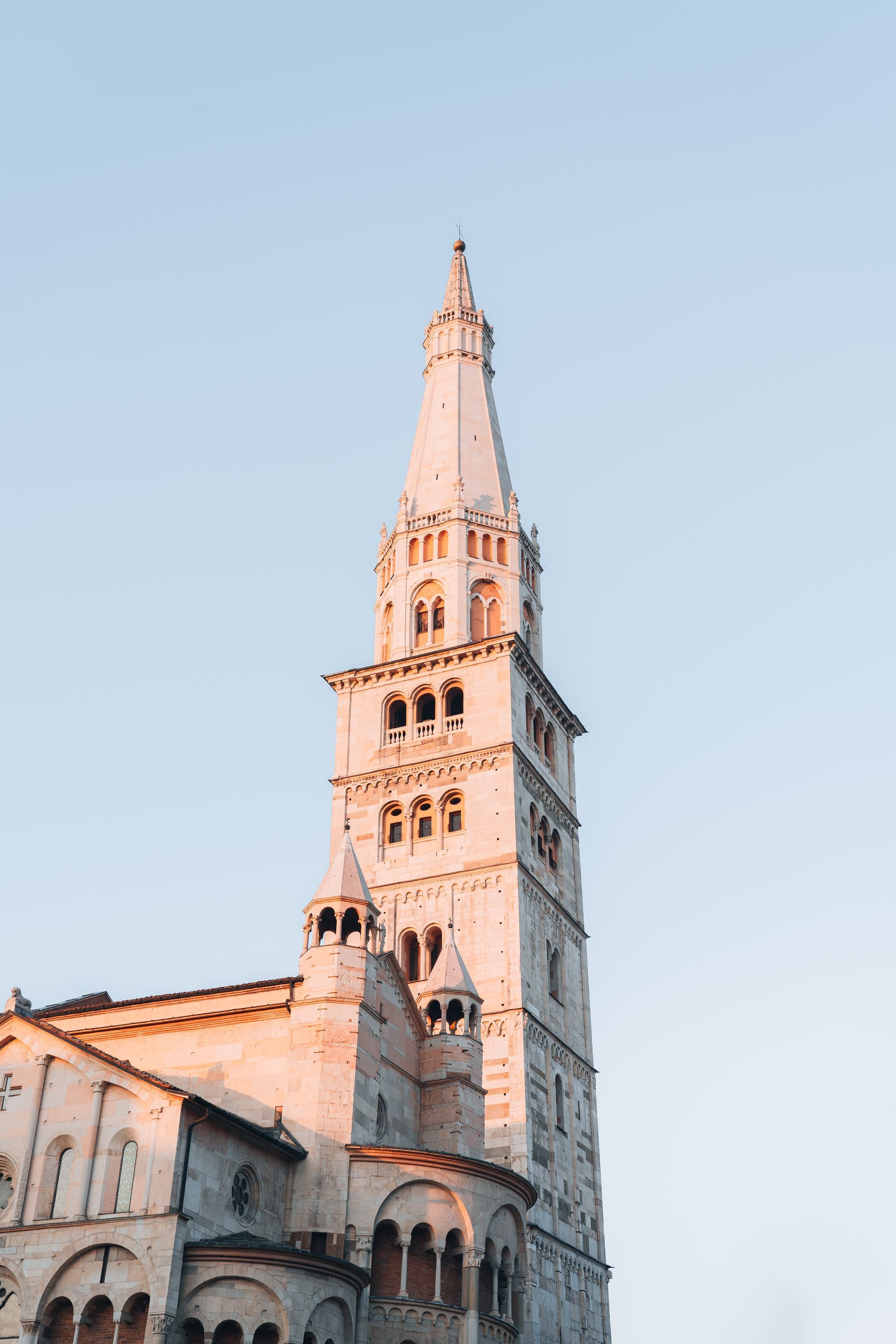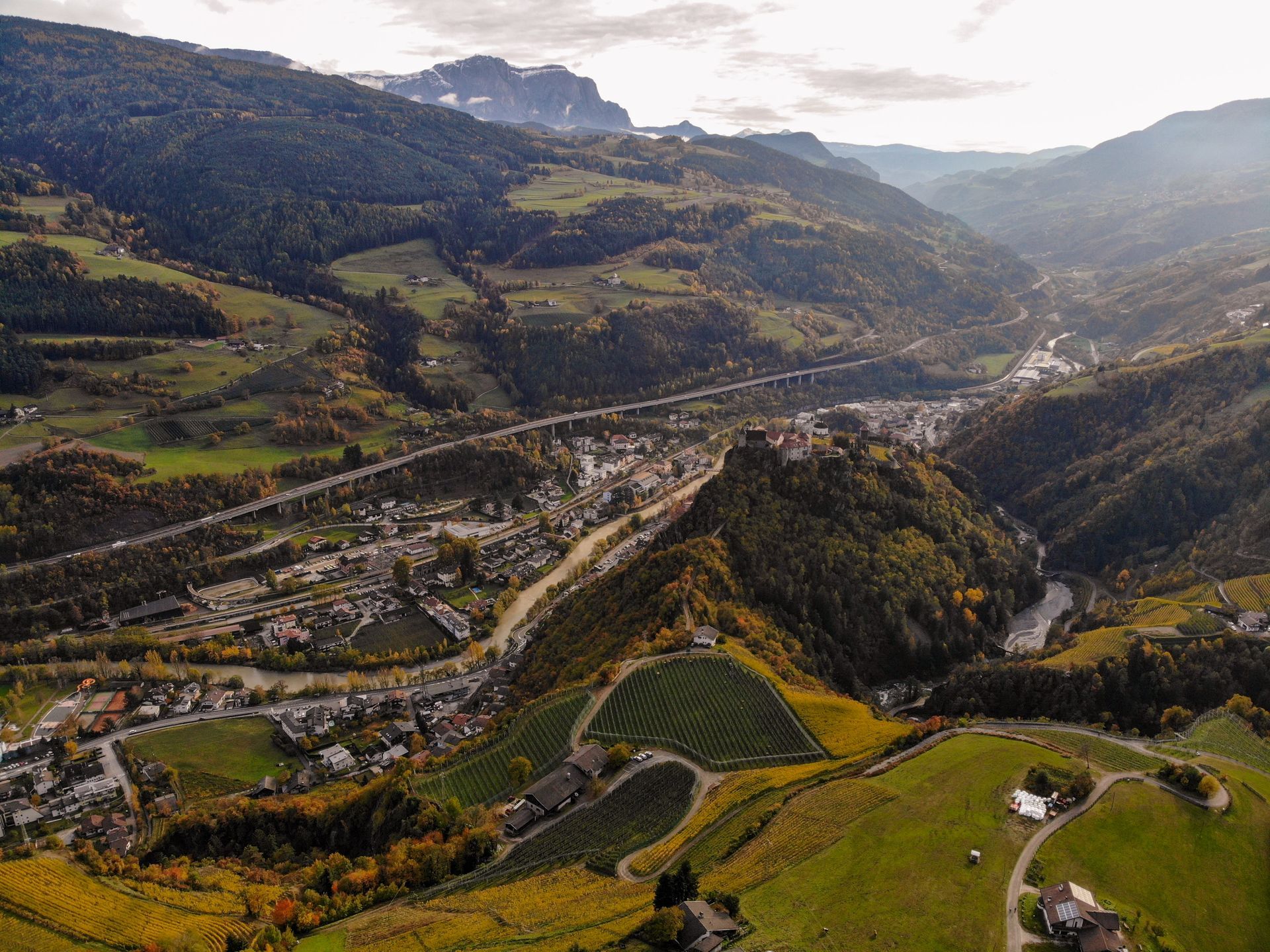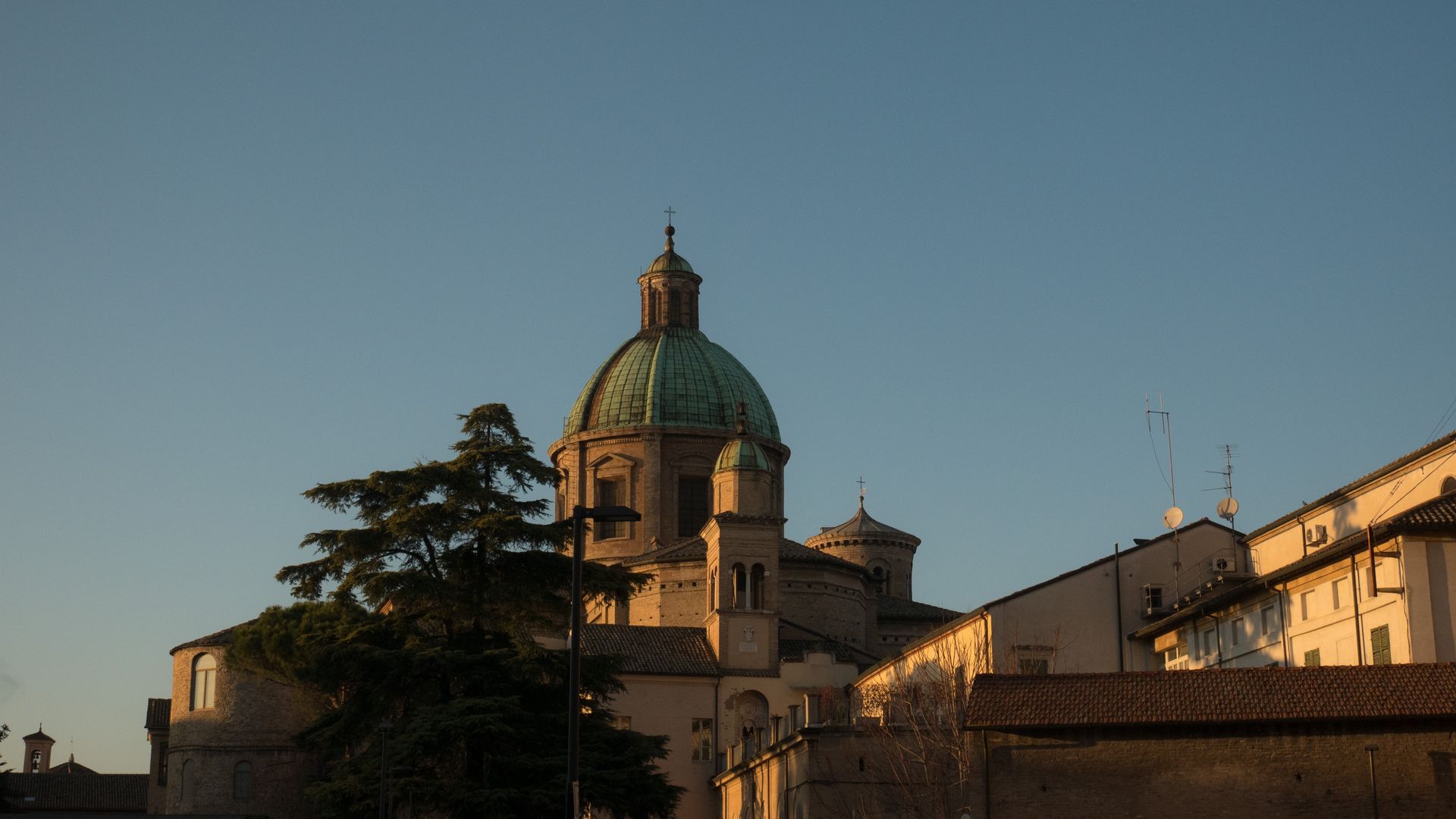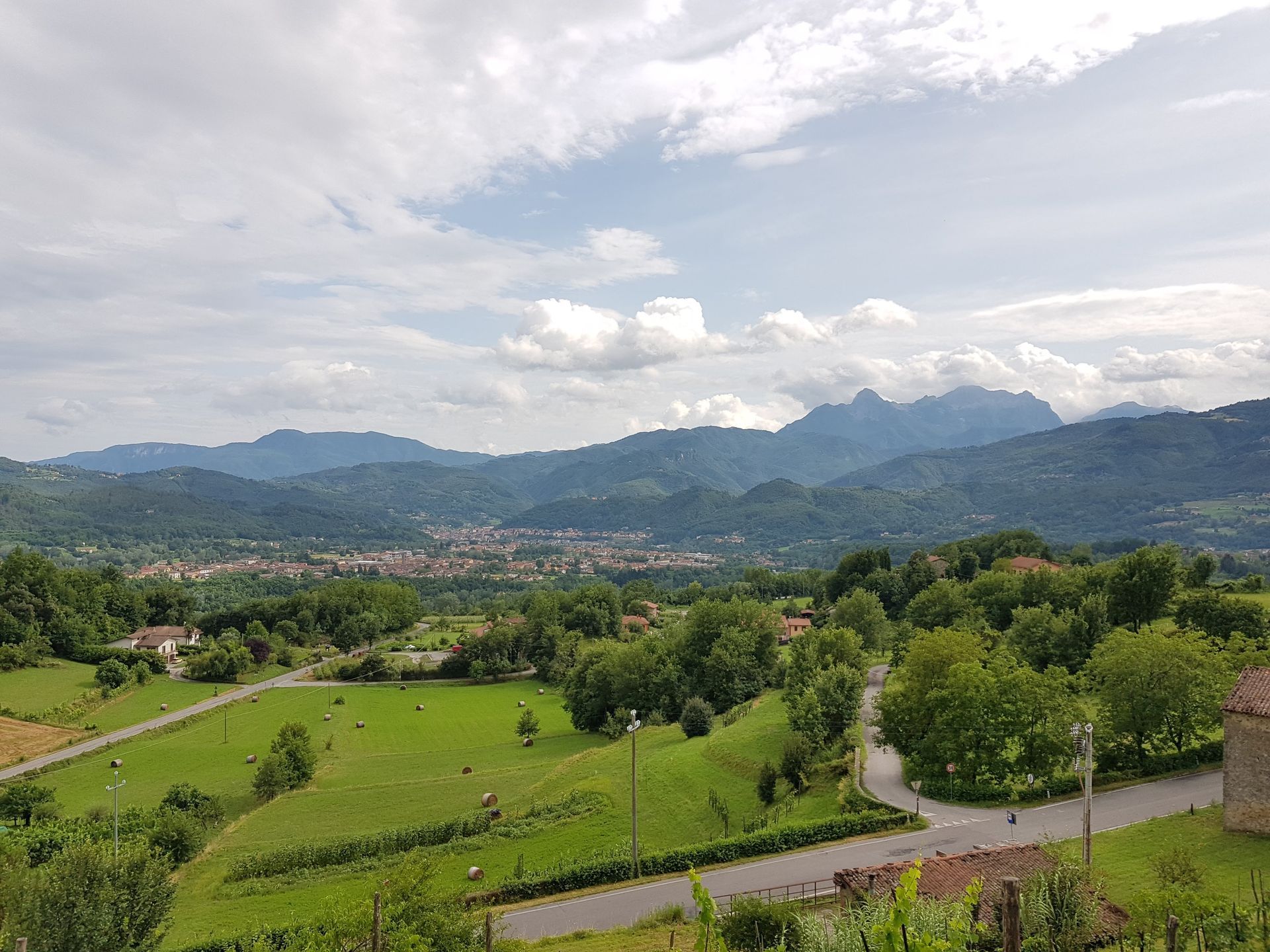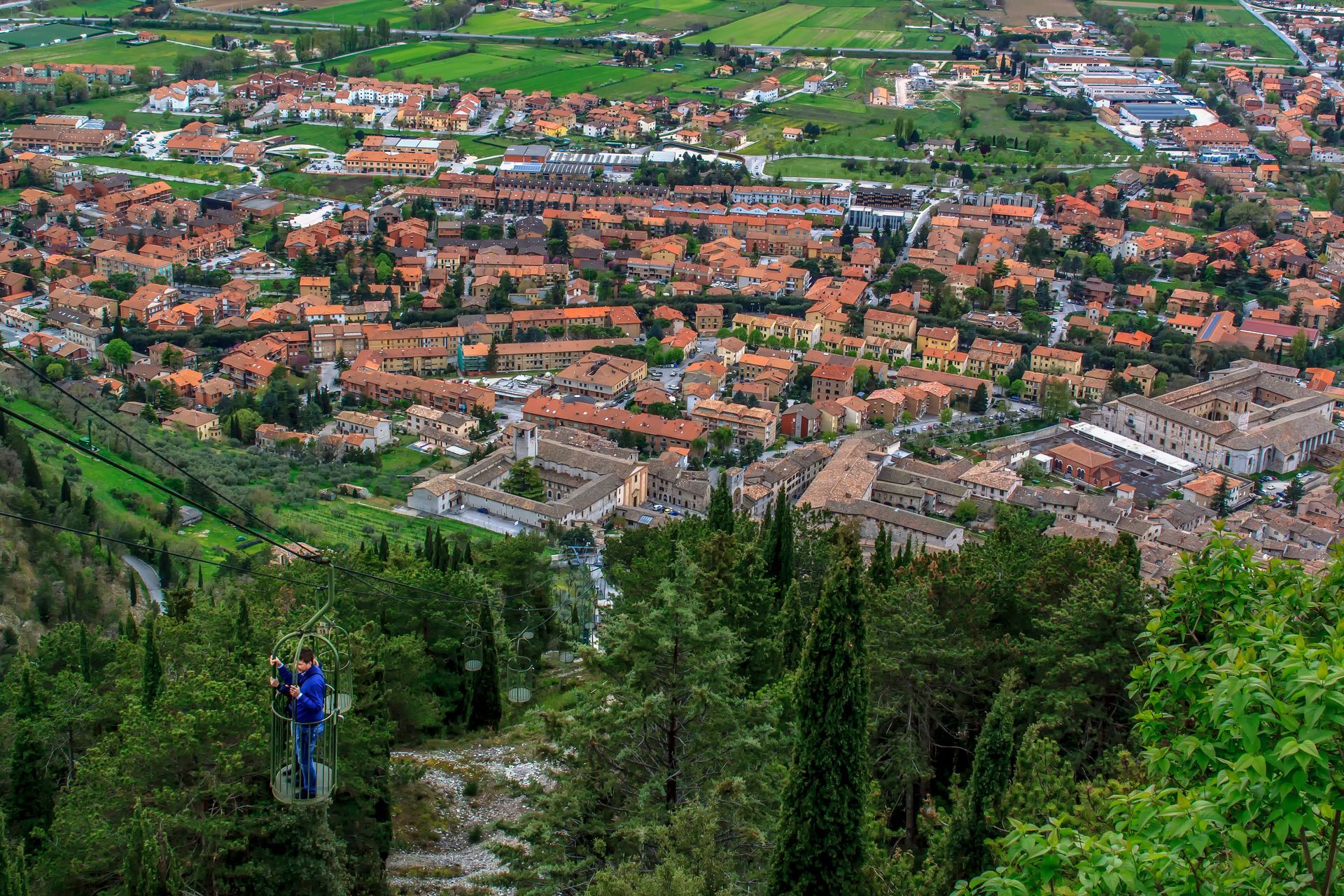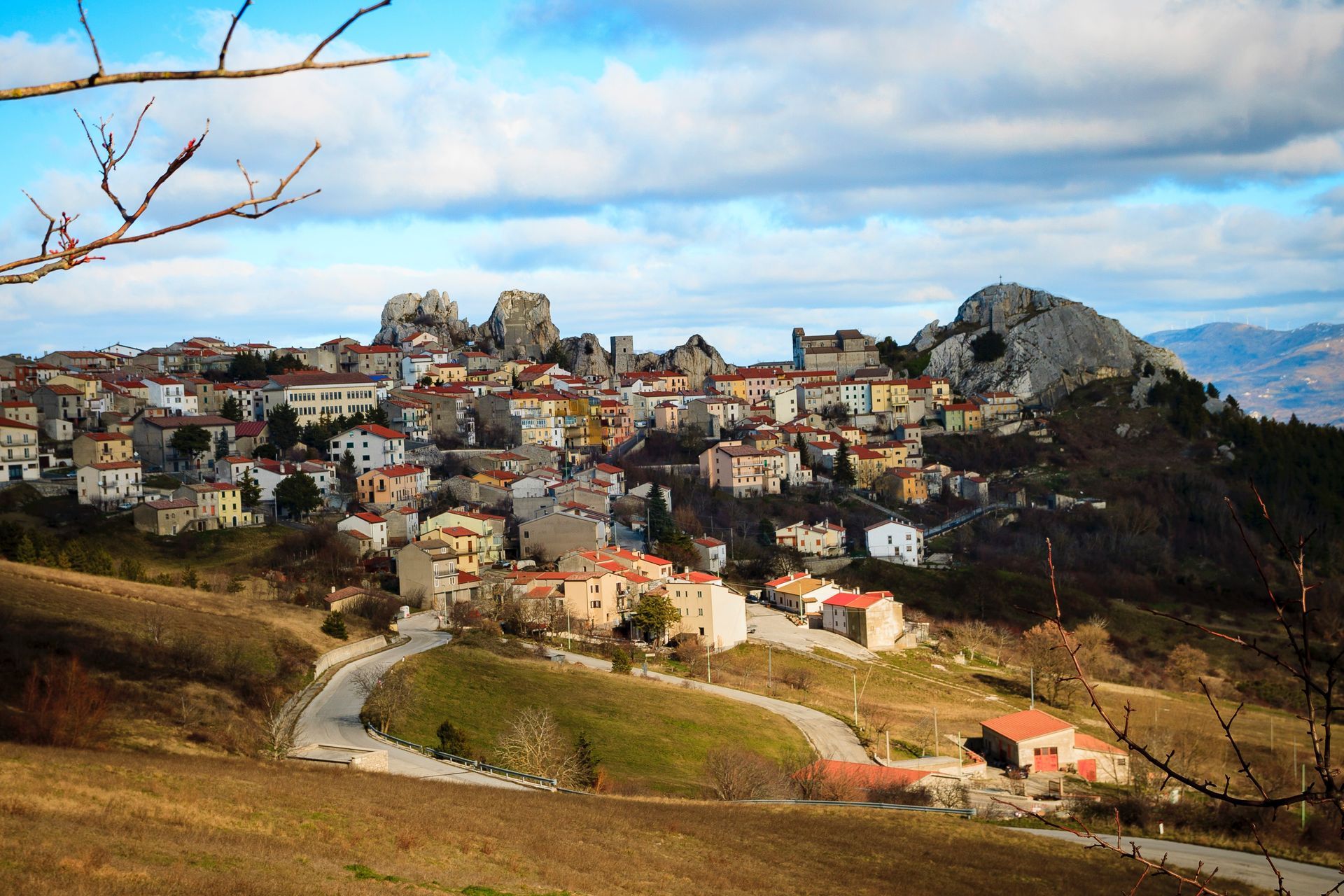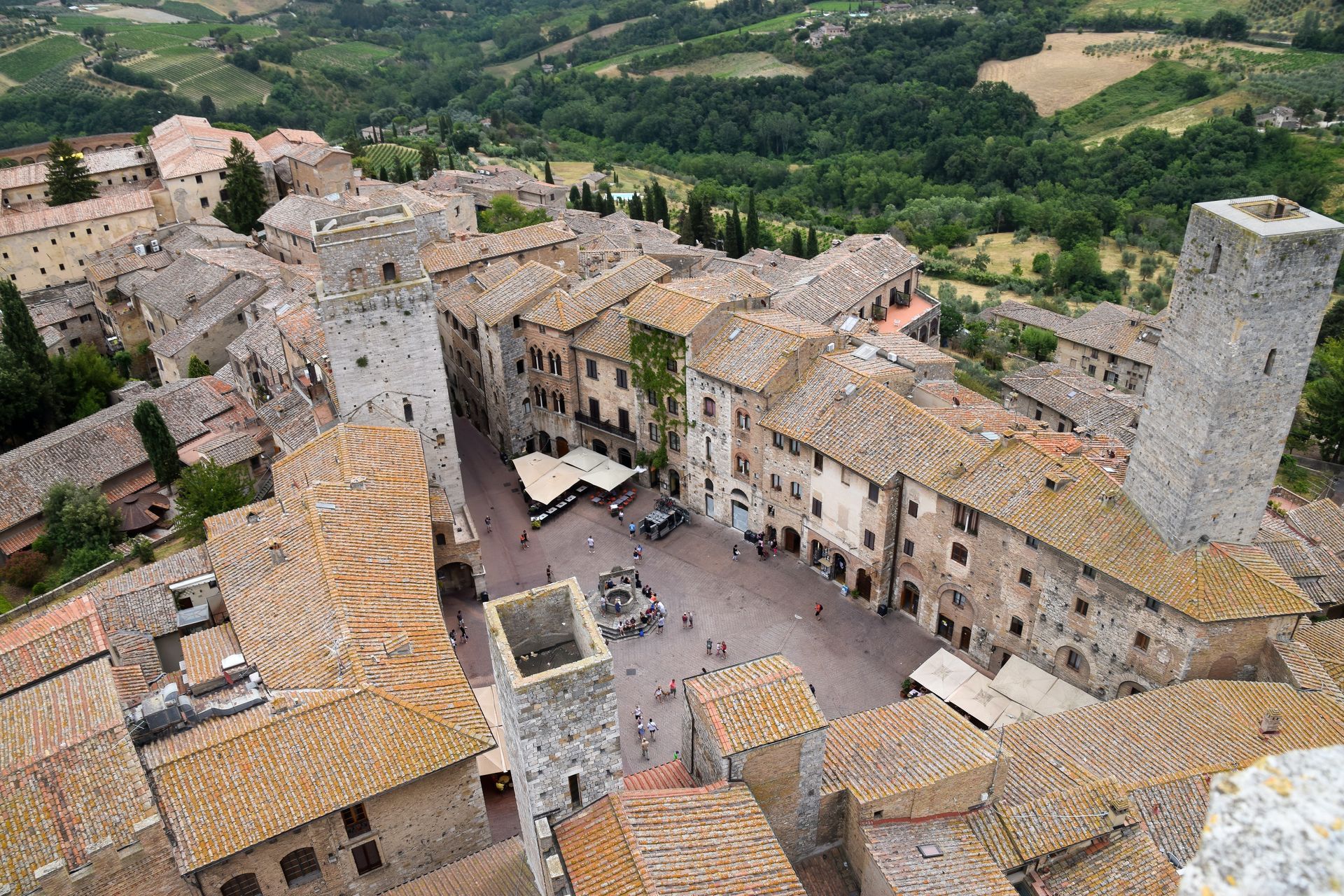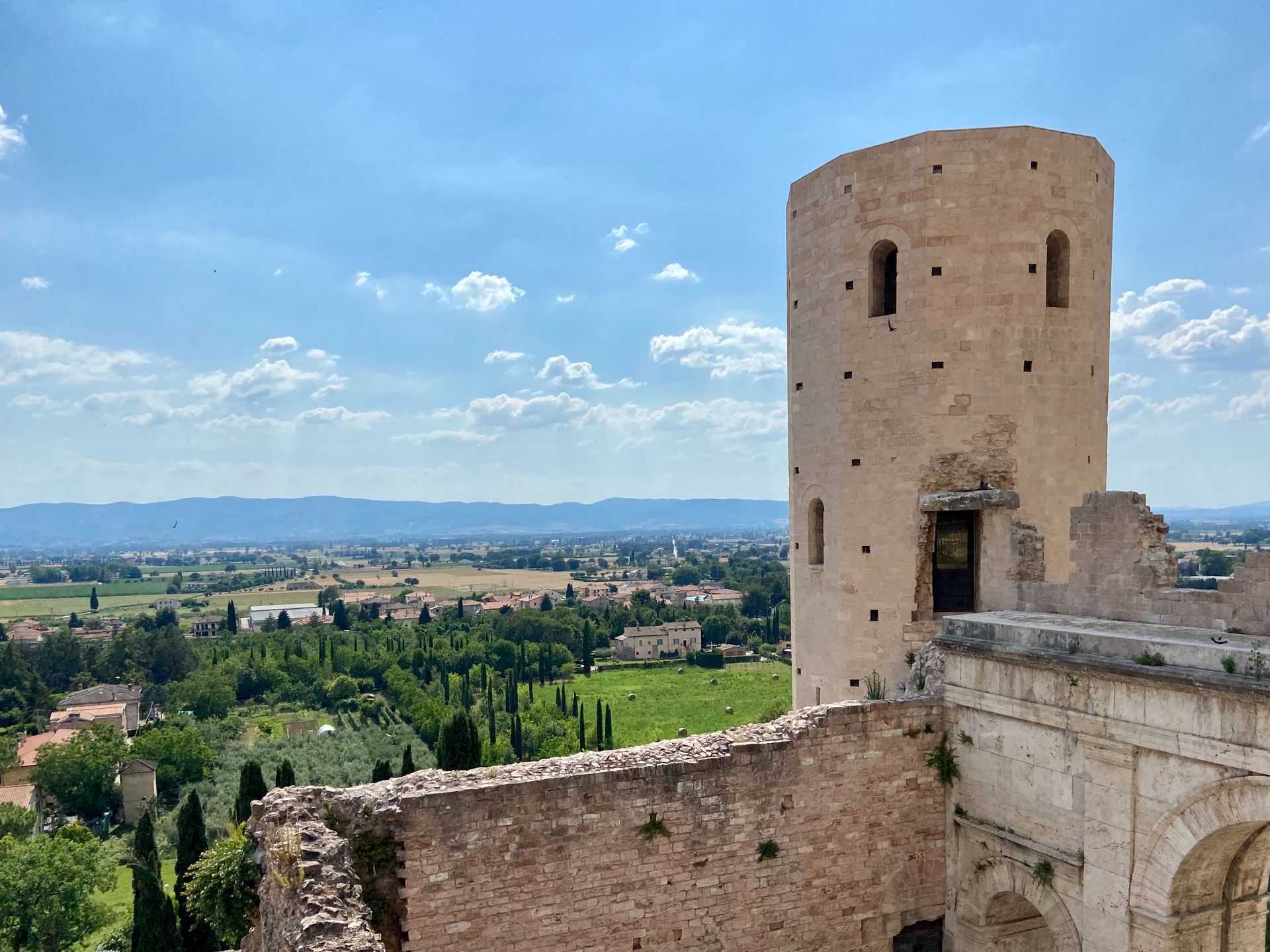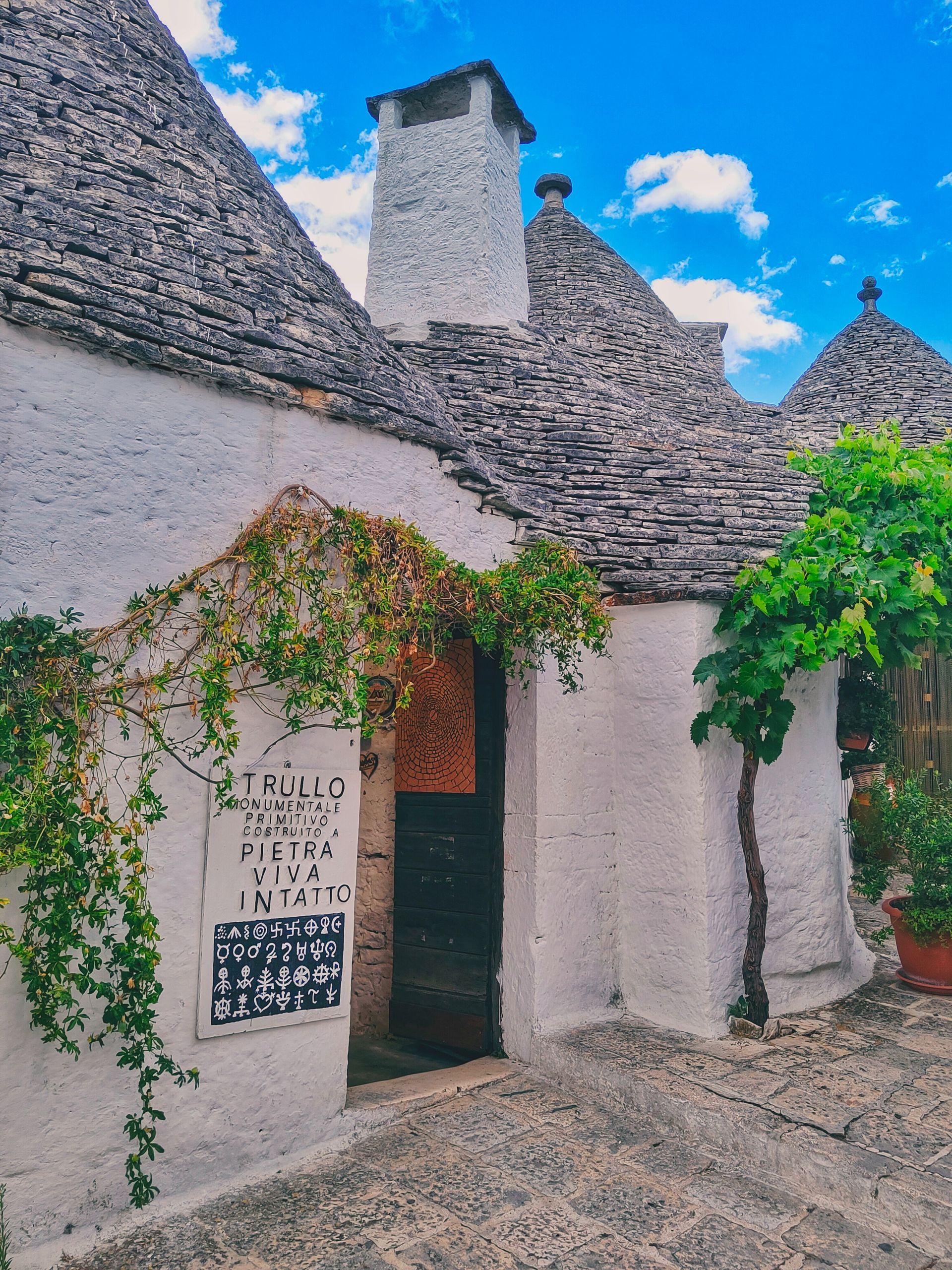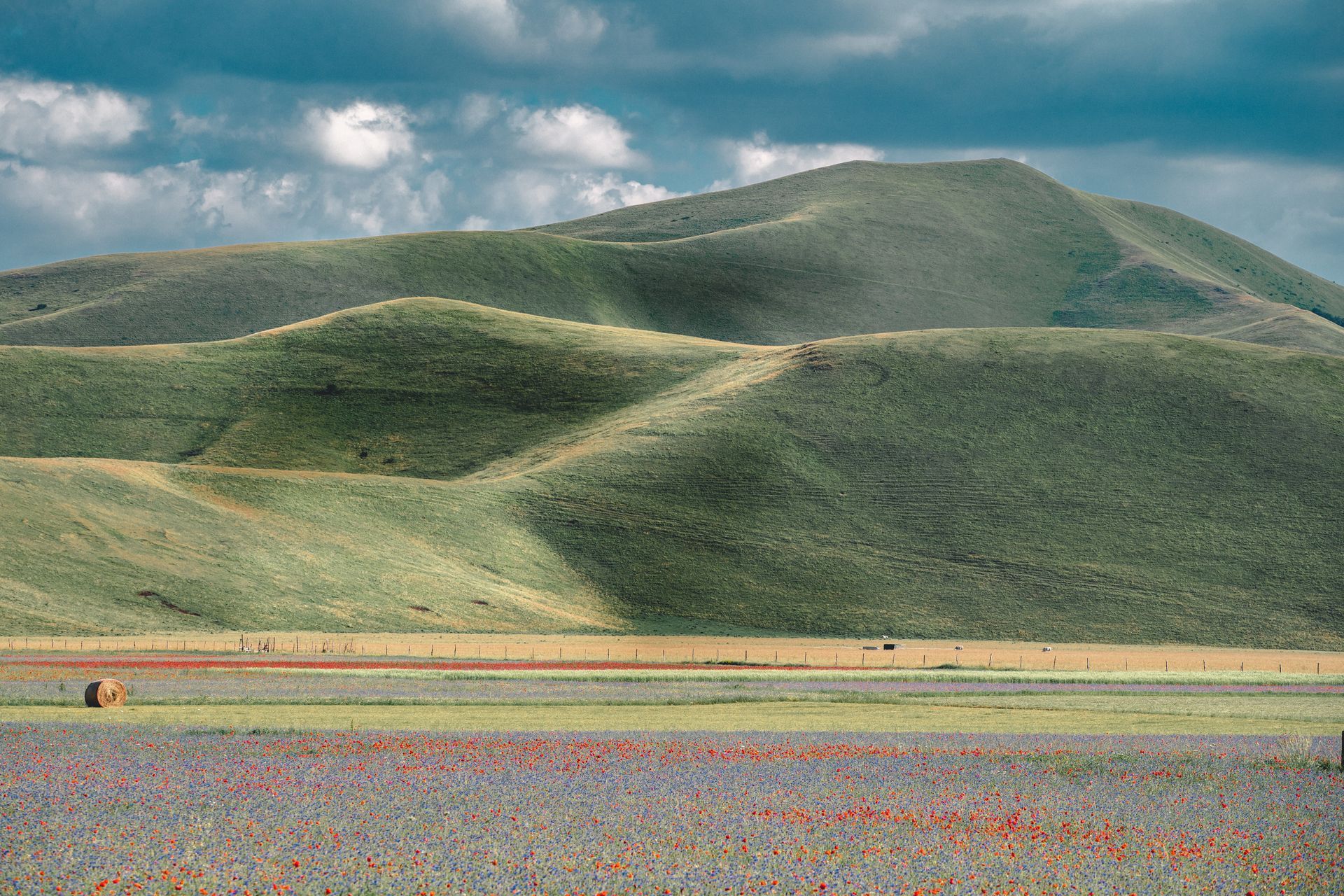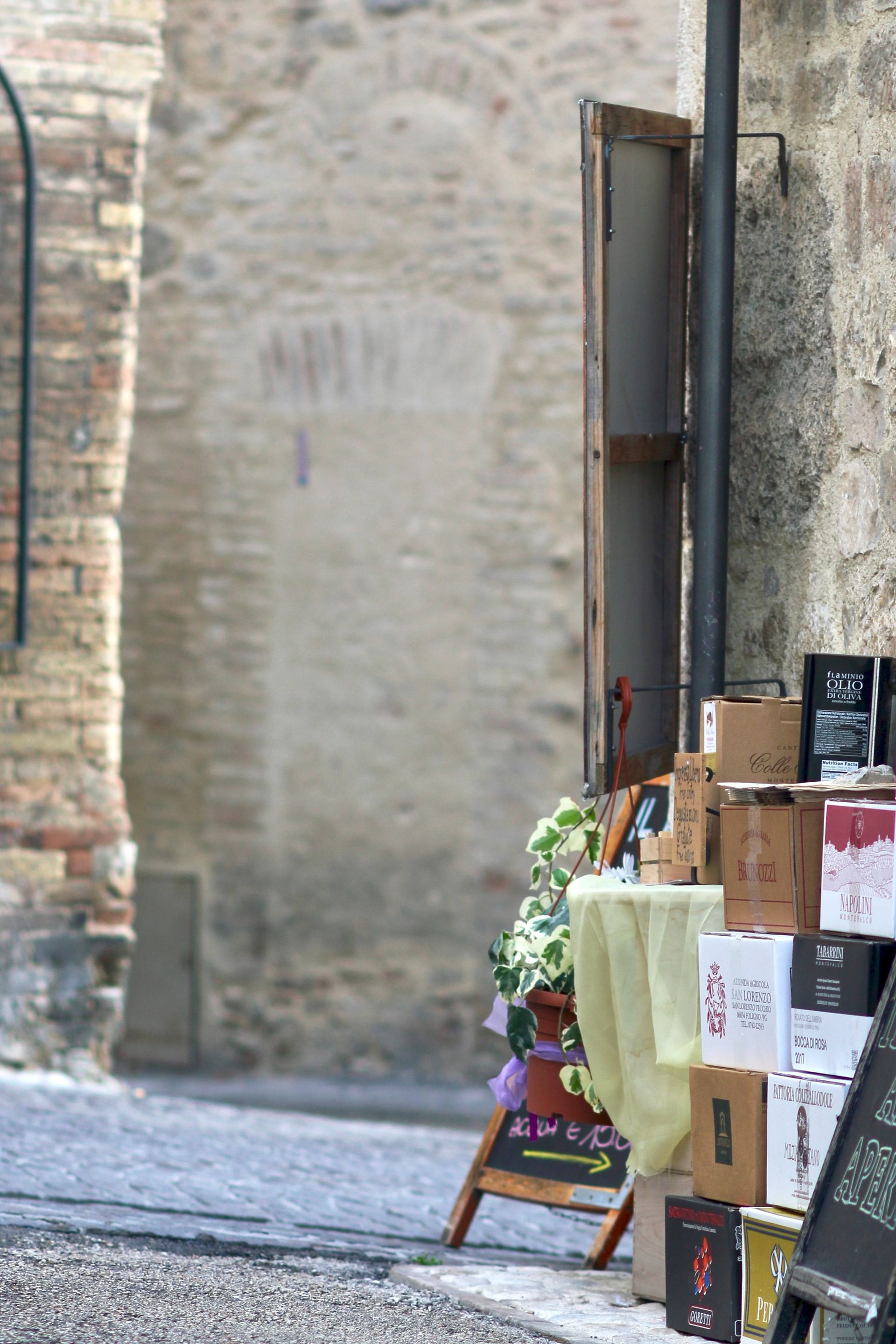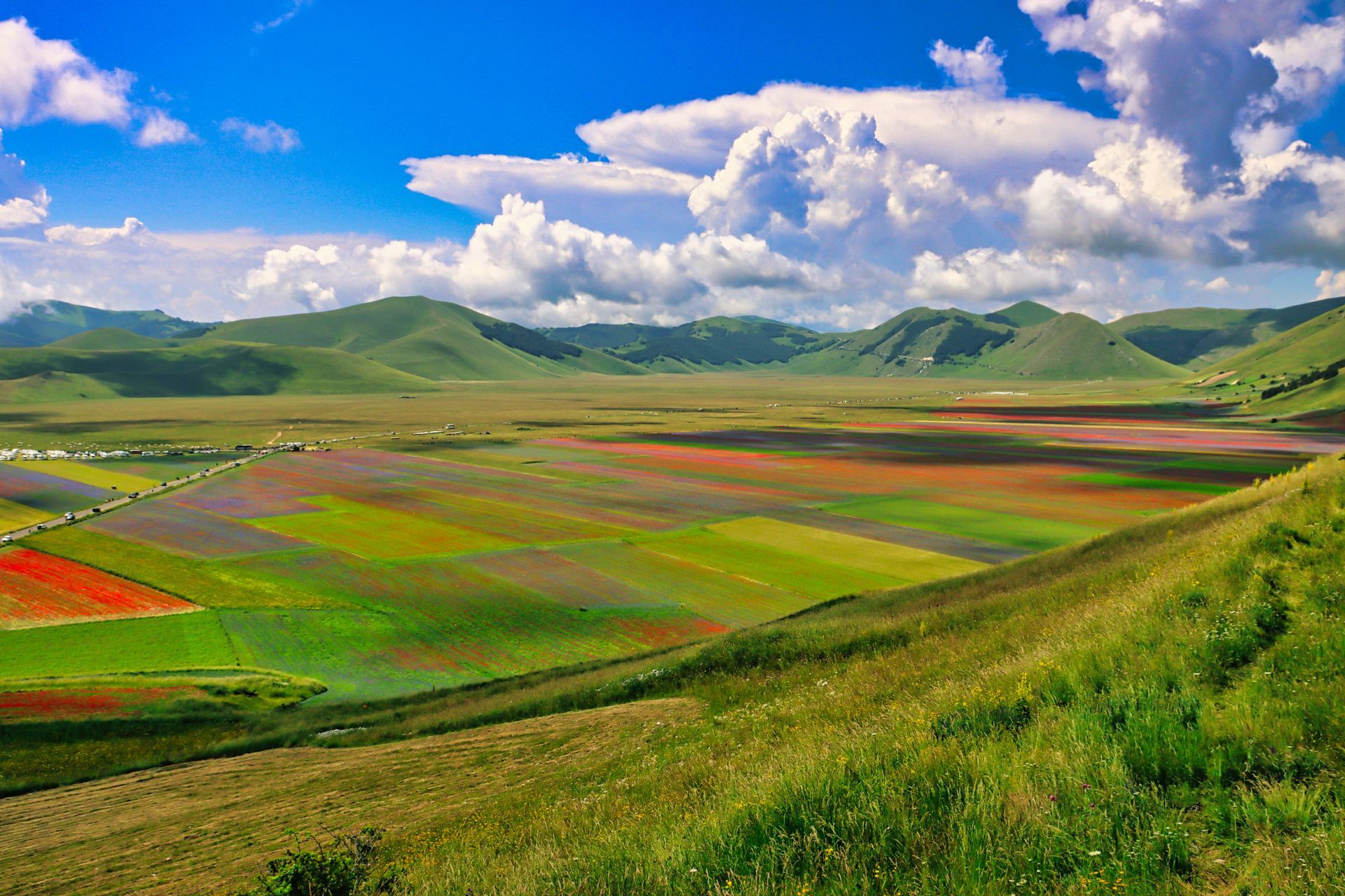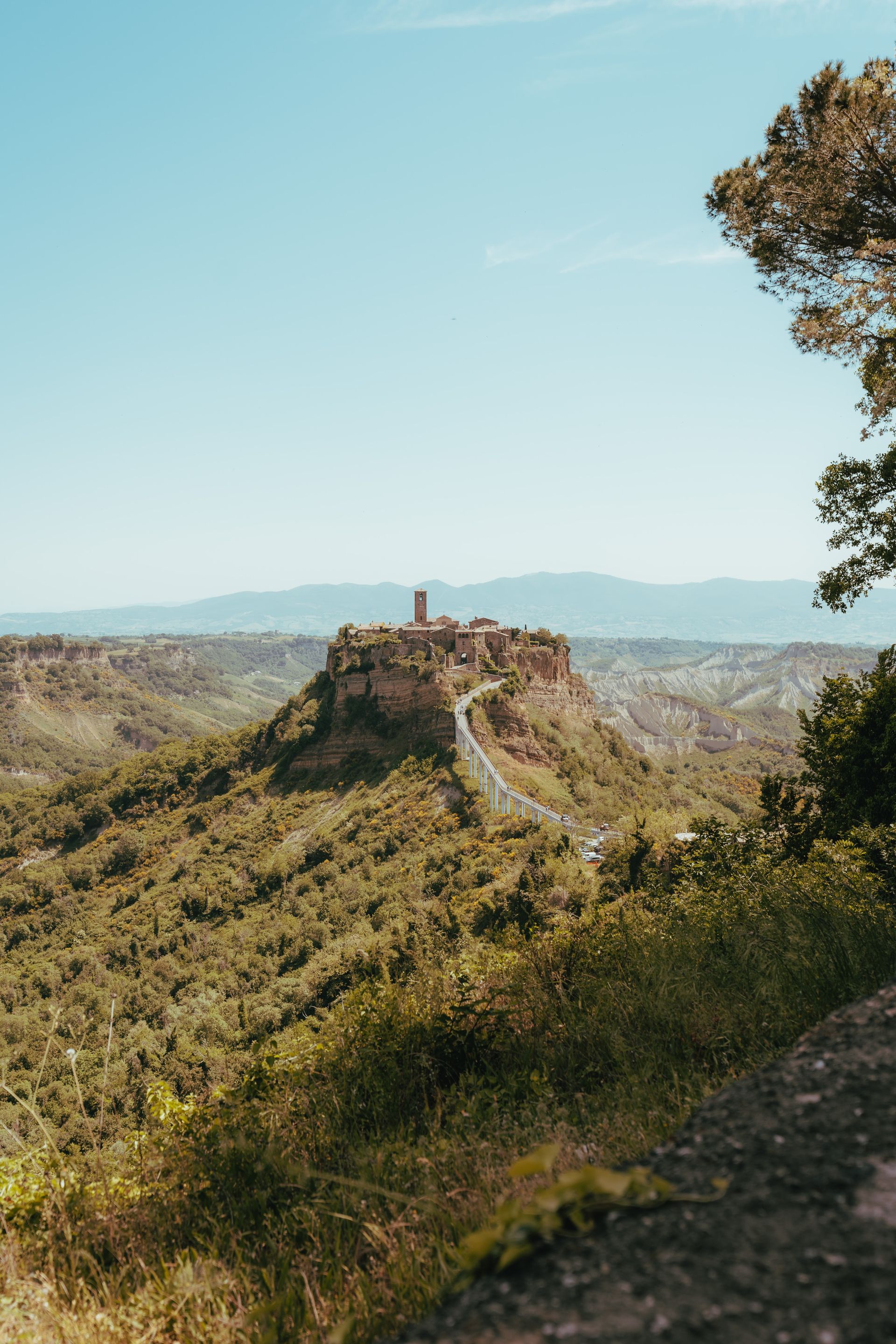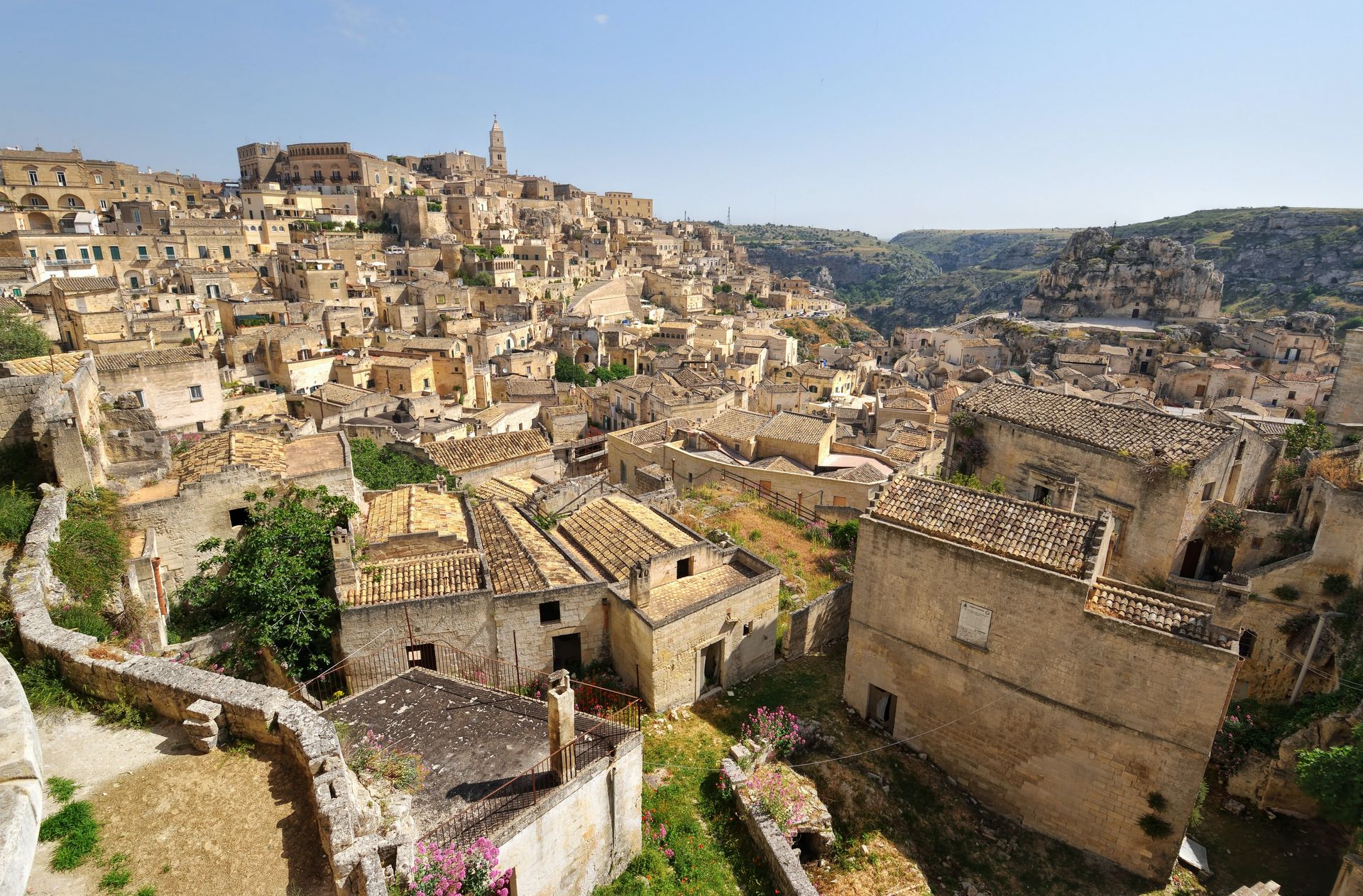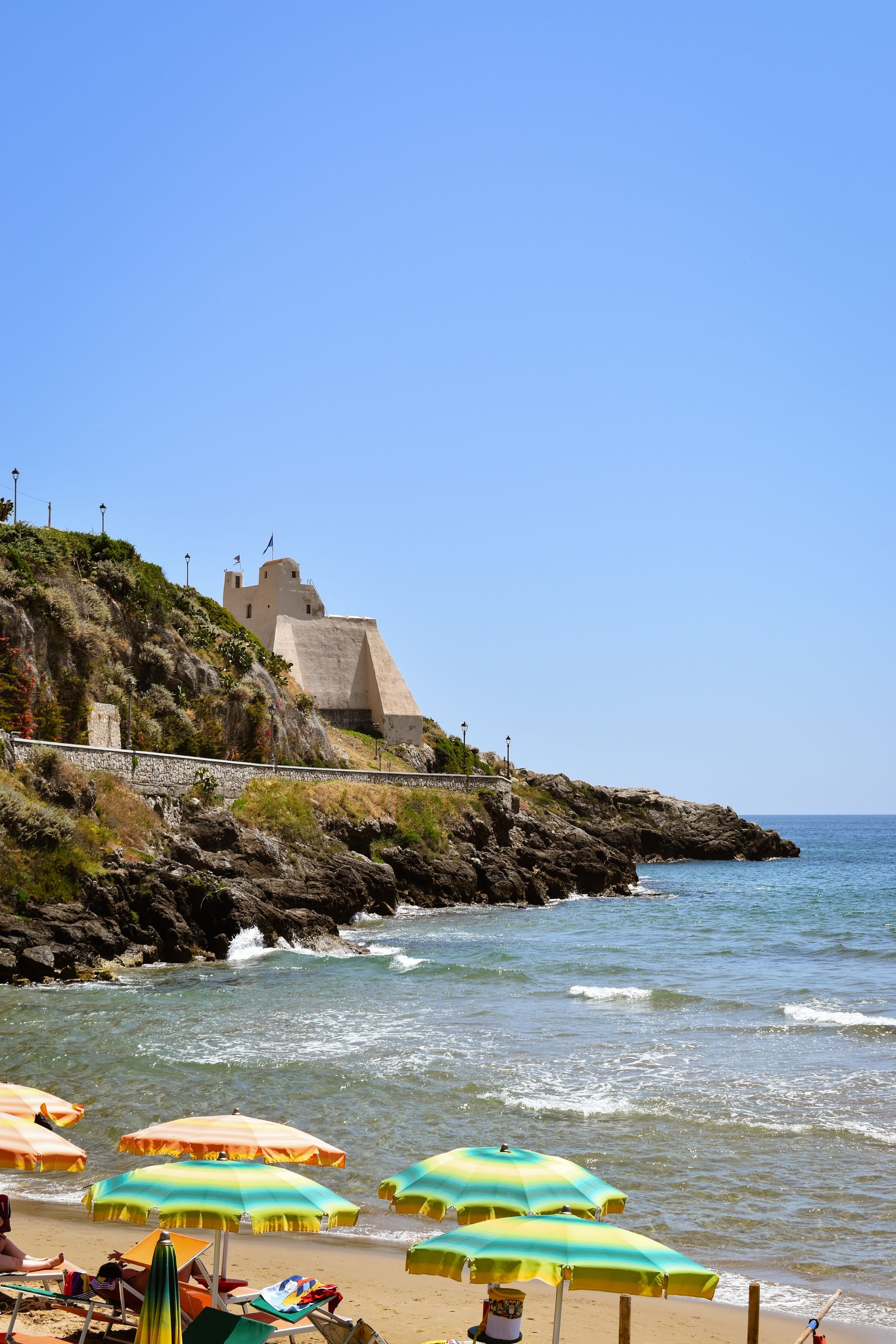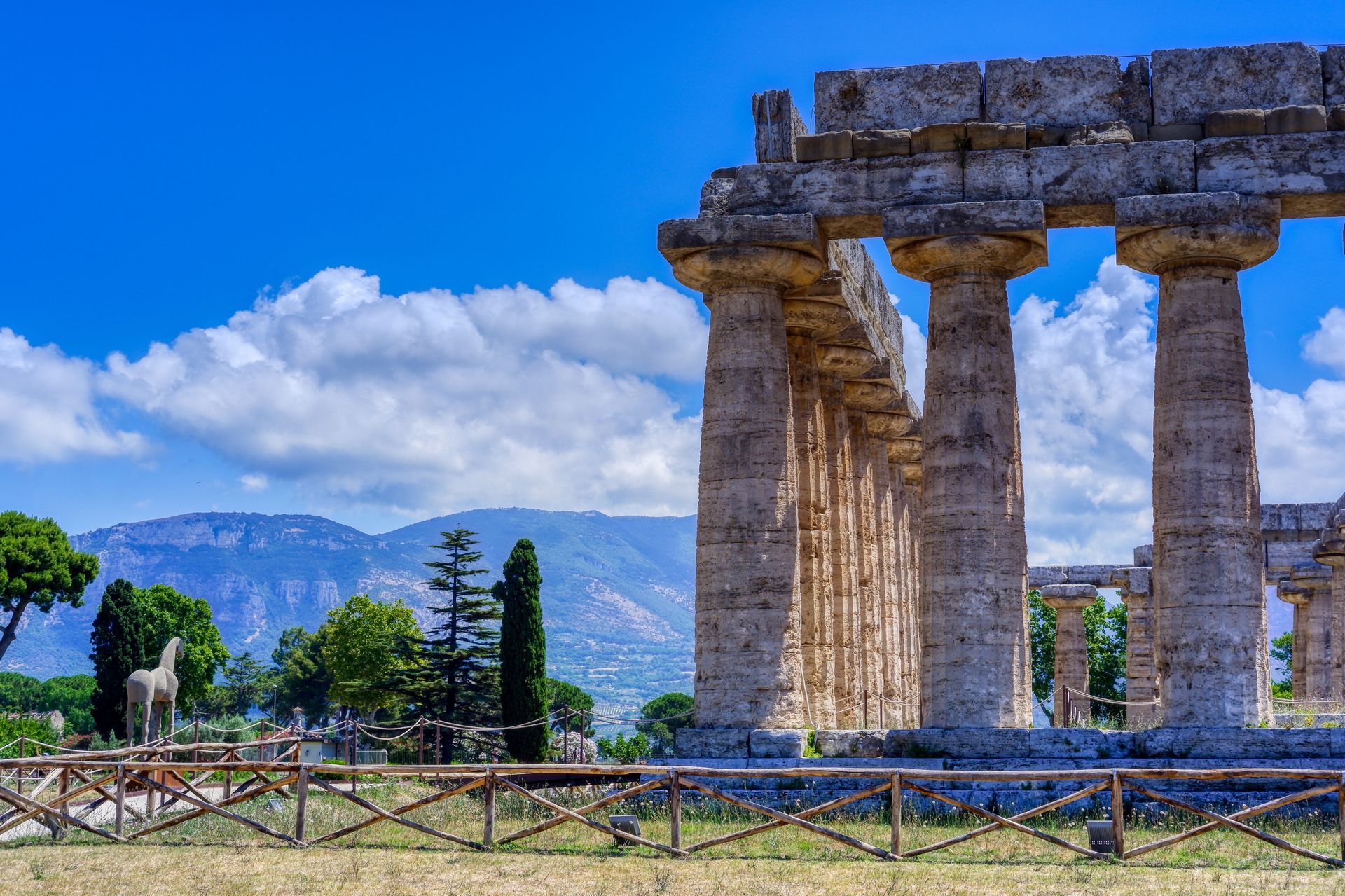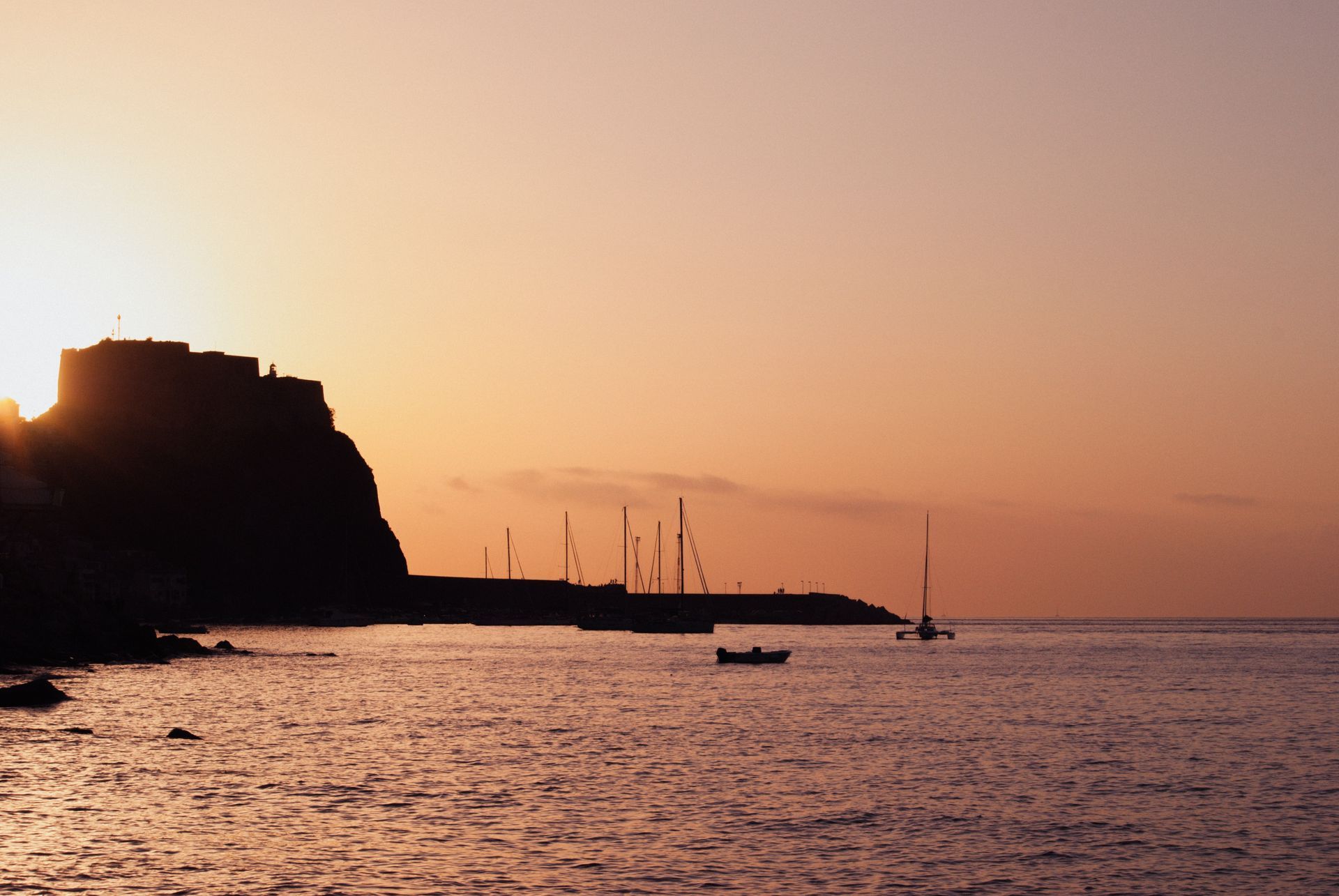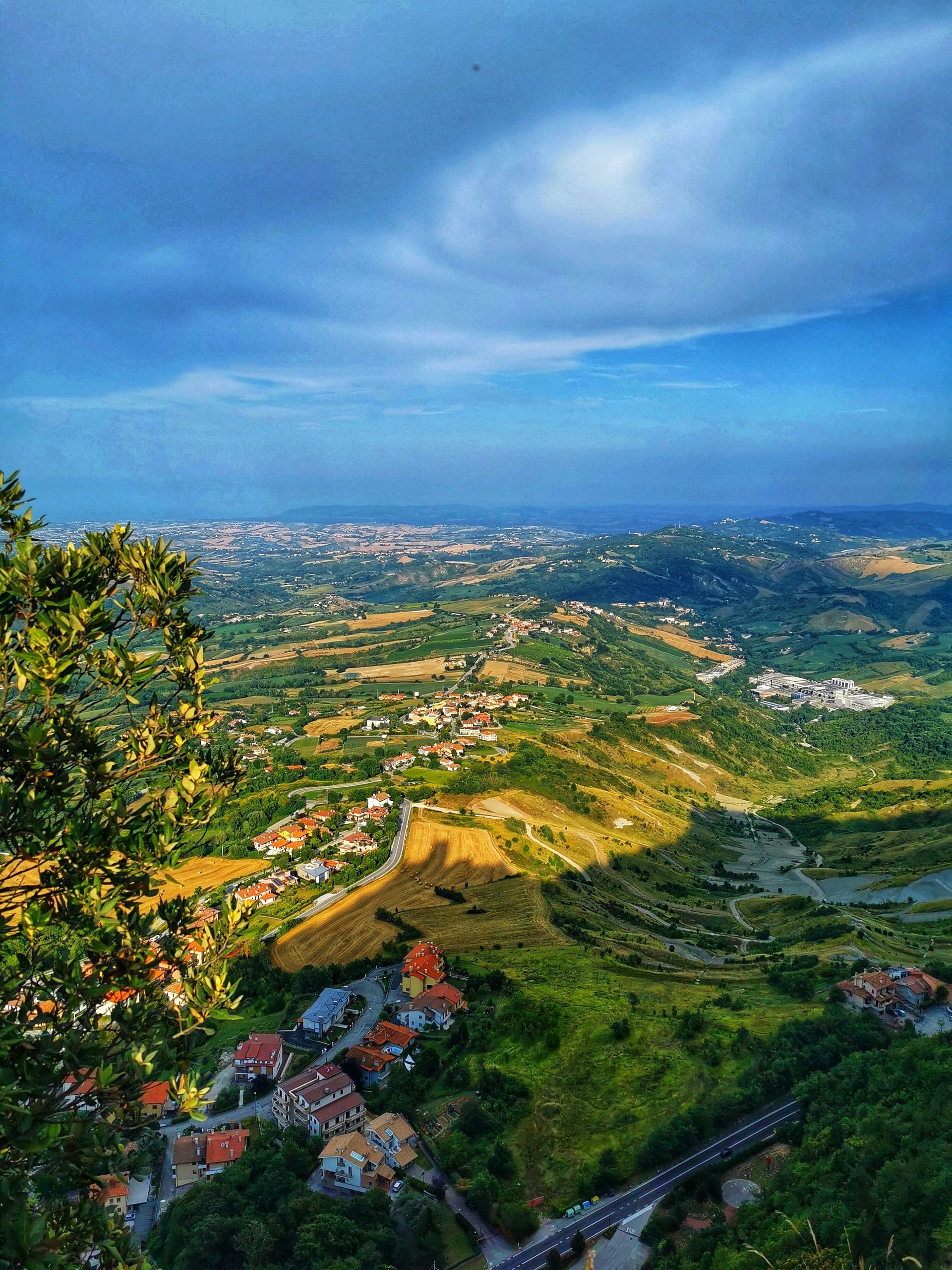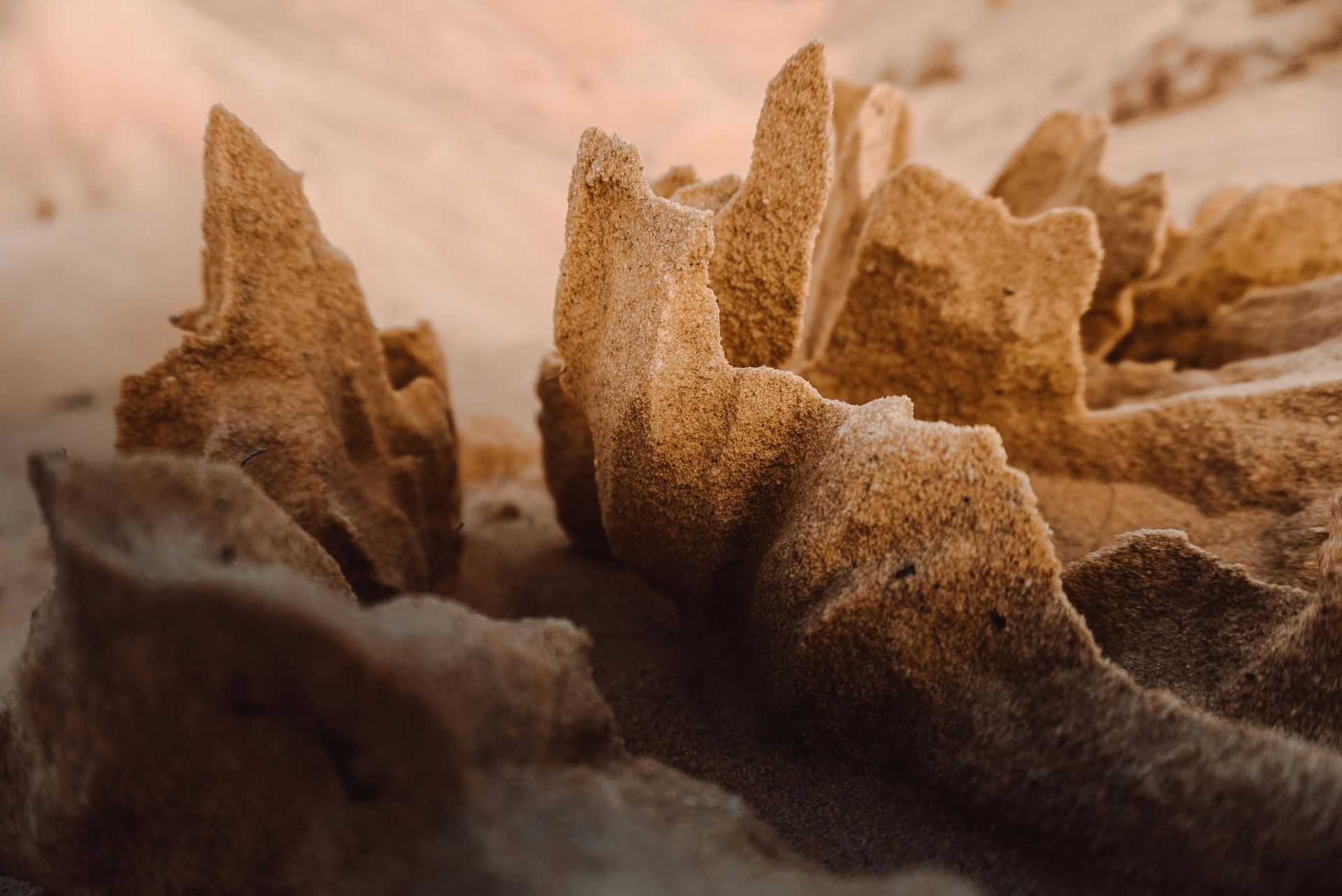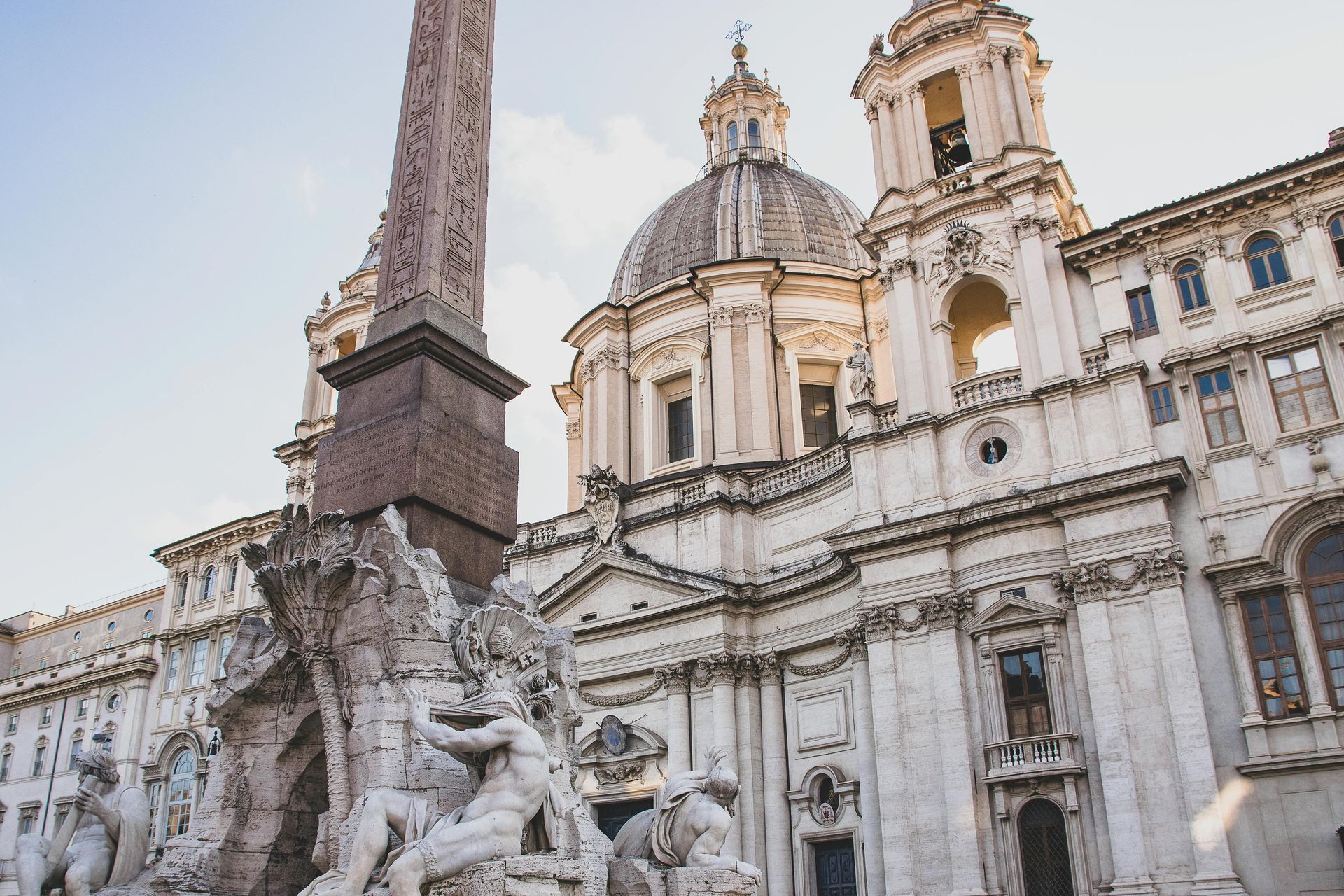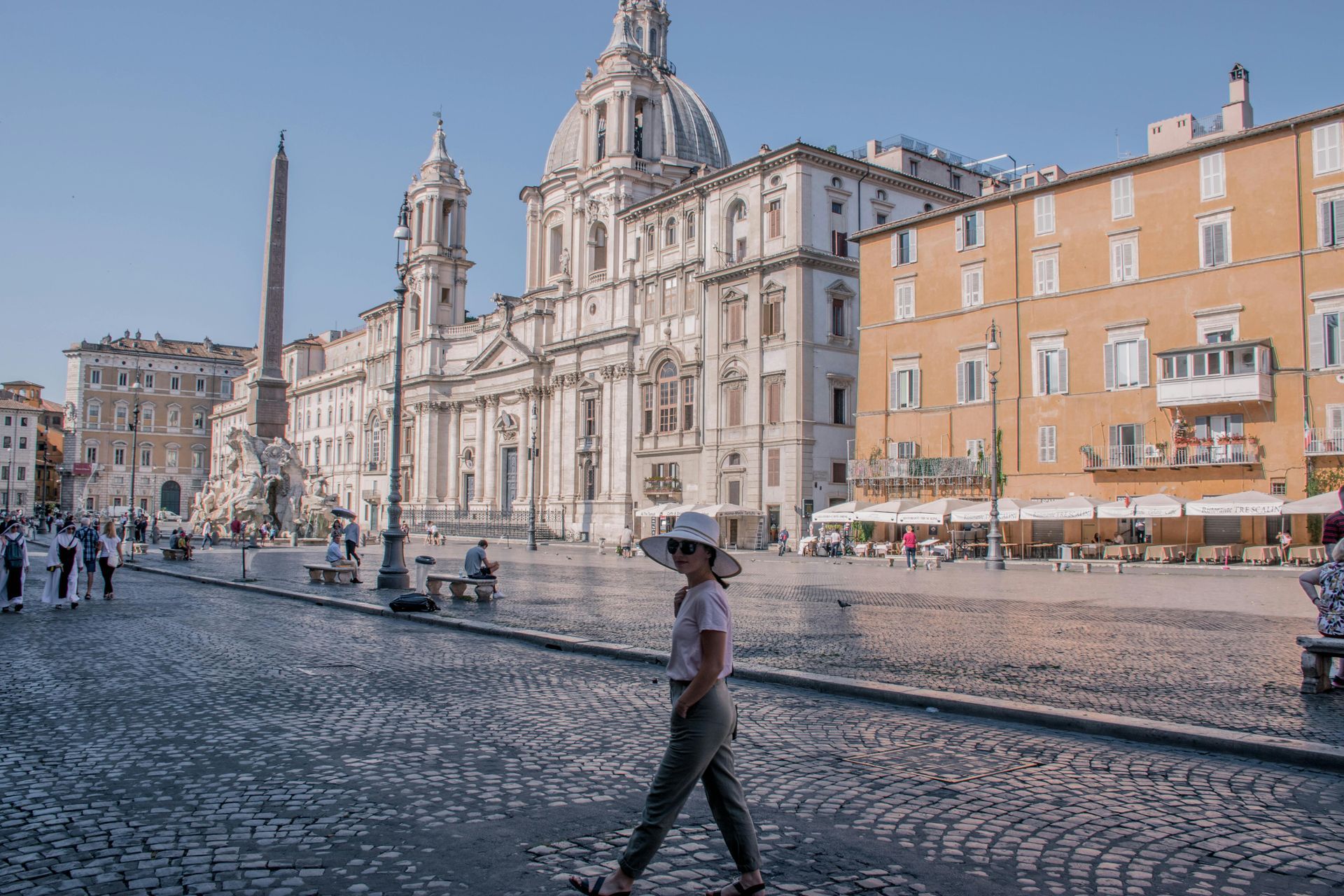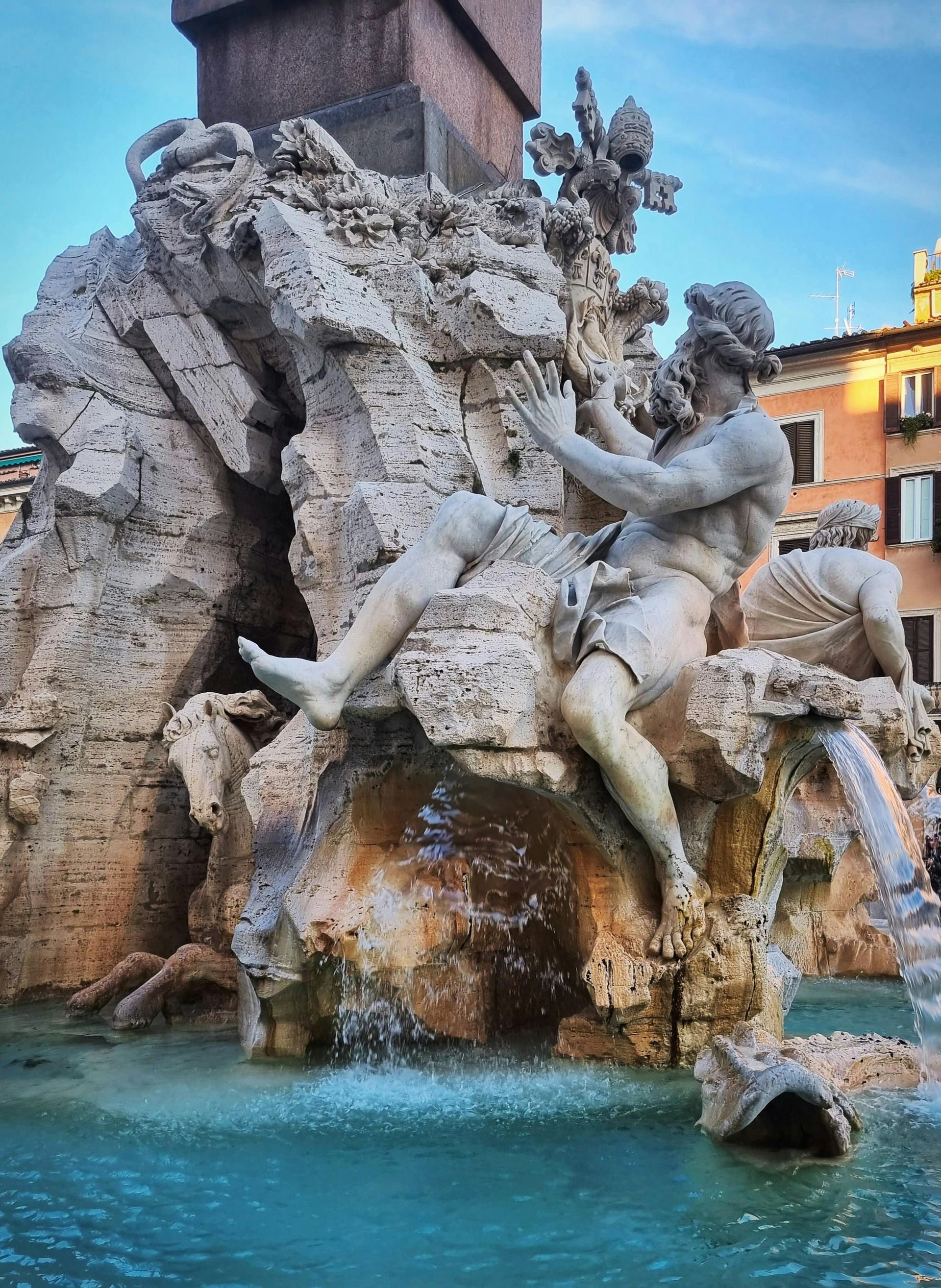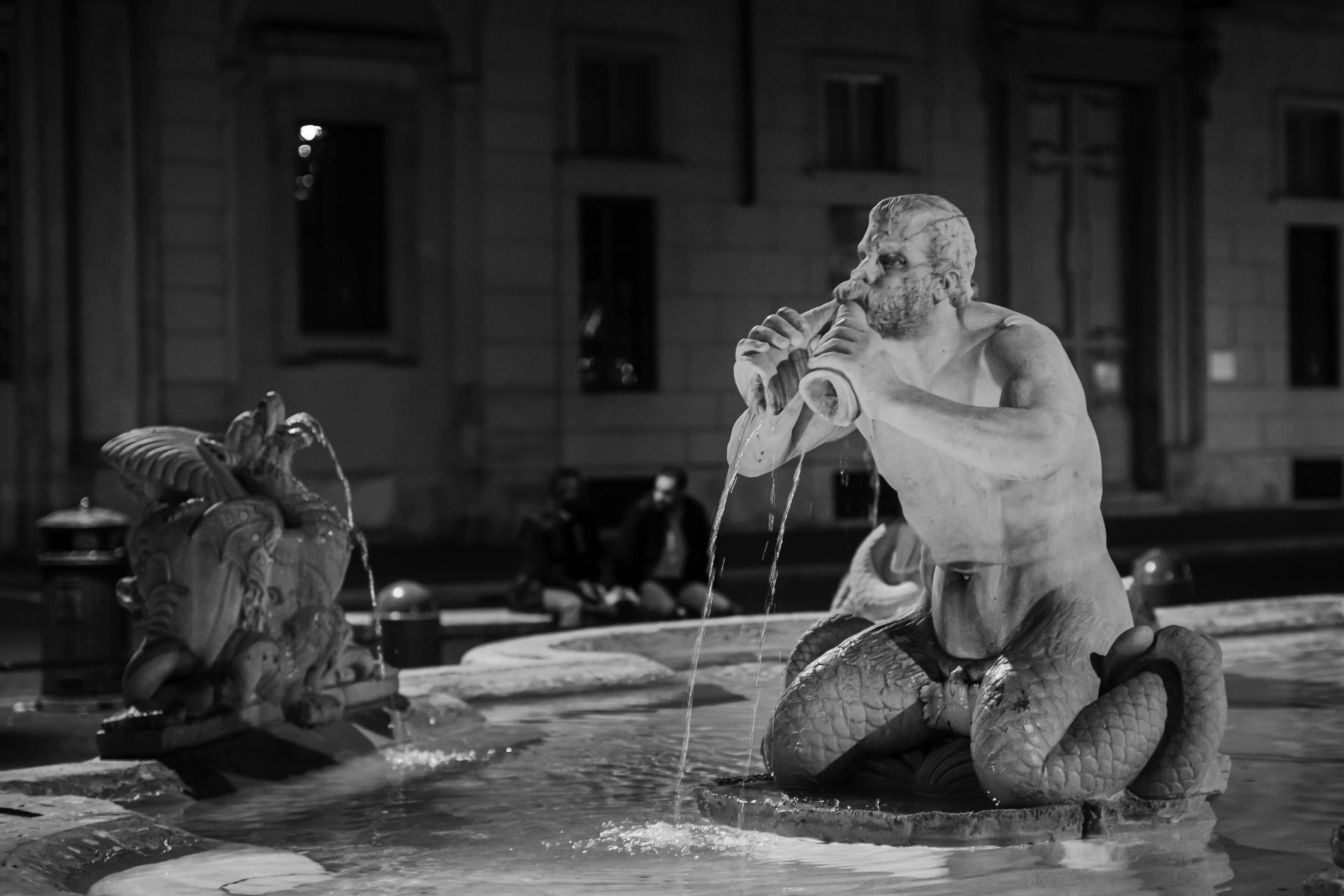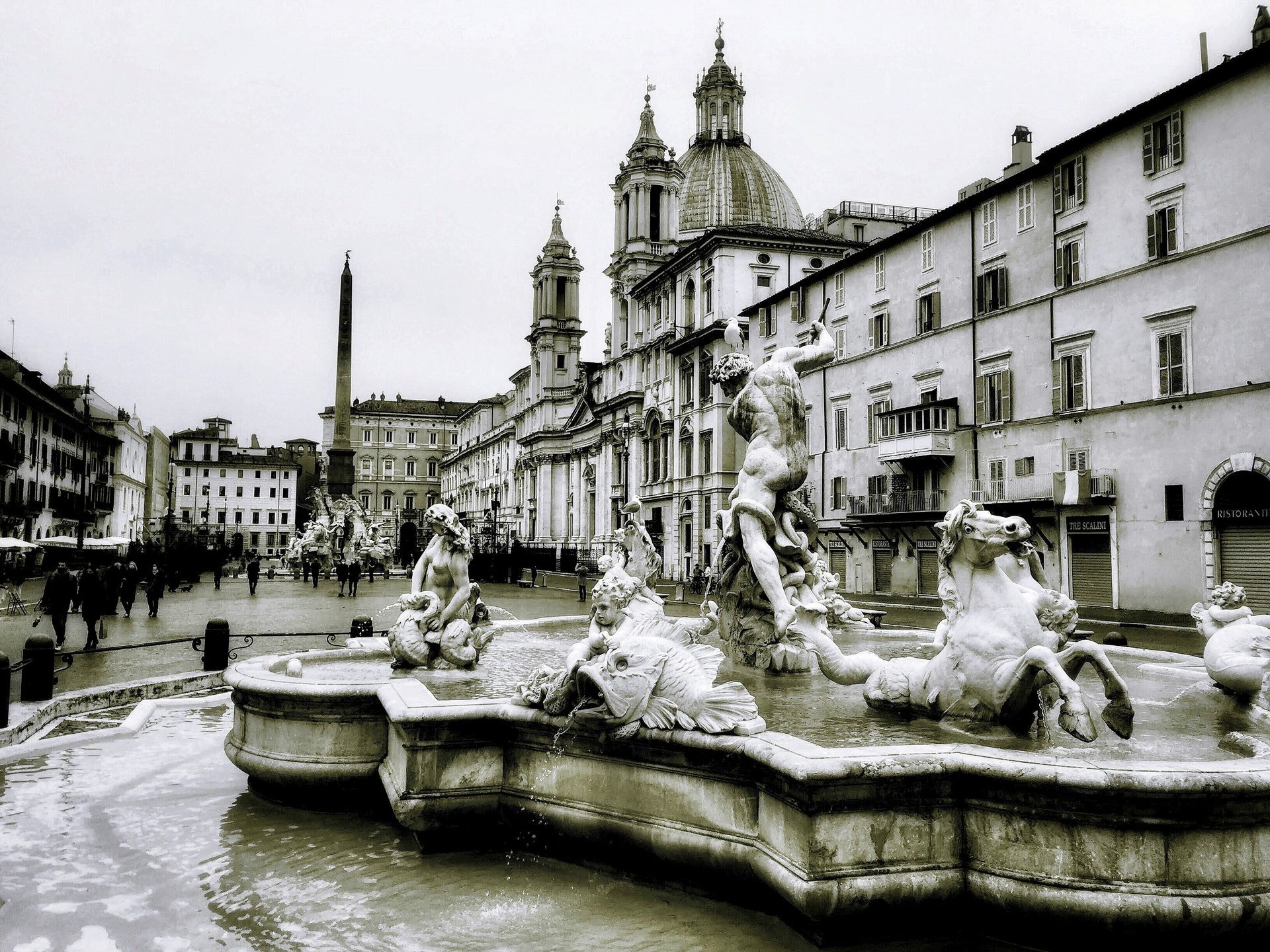Spreading Smile across the globe
Hidden Gems of Northern Italy
Hidden Gems of Italy are a testament to the country's diverse and enchanting beauty, often concealed from the traditional tourist routes. While Italy is celebrated for its iconic cities like Rome, Florence, Venice, and the Amalfi and Cinque Terre coasts, it's the lesser-known destinations that promise a unique journey. These unexplored regions offer travellers a chance to experience Italy's authentic culinary delights, rich historical narratives, and stunning natural landscapes. From the northern reaches to the southern shores, these Hidden Gems of Italy reveal a different facet of this remarkable nation.
Lake Orta - Piedmont
Hidden Gems of Italy come to life at Lake Orta, tucked away near the Swiss border in the heart of Piedmont. This hidden paradise often evades the spotlight compared to its more famous counterparts like Lake Como and Lake Garda. The historic town of Orta San Giulio, with its Baroque and Medieval architecture, cobbled streets, and idyllic Piazza Motta, enchants visitors. The glistening waters of the lake itself invite moments of serenity. What makes Lake Orta truly extraordinary is the mysterious island at its centre—a tranquil sanctuary inhabited by resident nuns.
Treviso - Veneto
Among the Hidden Gems of Italy, Treviso stands as a city in the Veneto region that retains its genuine northern Italian charm. Meandering through its narrow cobbled lanes, picturesque canals, and medieval city walls feels like a step back. Positioned on the fringes of the renowned Prosecco wine region, Treviso provides a delightful excuse for an aperitivo with a glass of Italy's renowned sparkling Prosecco.
Aosta Valley
Nestled among the bordering landscapes of Switzerland and France, the Aosta Valley showcases breathtaking alpine scenery, perched castles, and traditions that thrive throughout the year. When spring and summer arrive, the region's walking trails entice explorers. This season also brings lively festivals that celebrate folk traditions that date back to medieval times. Be sure to savour the local cheese Fontina, a culinary delight that embodies the spirit of this Hidden Gem of Italy.
Alba - Piedmont
Alba, a sought-after destination among Italy's hidden gems, is situated in the vineyards of the Langhe Hills. Once adorned with a hundred towers, Alba exudes a charming rural ambience. It's renowned for its autumn truffle festival, a gastronomic event that captures the essence of the region. Alba is also celebrated for its dark chocolate, hazelnut groves, white truffles, and prestigious wineries. It's from this very region that the sought-after Barolo wine originates.
Camogli - Liguria
Camogli, a typical and vibrant Italian seaside village on the Ligurian Riviera di Levante, perfectly embodies the spirit of the Hidden Gems of Italy. Towering, brightly painted houses dominate the town, and it has become a magnet for visitors seeking pristine beaches, Ligurian cuisine, the rustic fishing marina, Italian culture, and a tranquil natural setting. Camogli has earned its reputation for culinary excellence, focusing on fish and seafood, particularly anchovies and tuna, as well as the iconic pesto sauce made from basil and pine nuts.
Brescia - Lombardy
Hidden Gems of Italy often come alive through history, and Brescia is no exception. In this small city, history unfolds through a tapestry of architectural styles, spanning Roman, Medieval, Renaissance, Baroque, and even Art Deco. Walking through Brescia feels like a journey through time, and a visit to the captivating Piazza della Loggia, framed by a stunning Venetian-style palace at its heart, is a must for history enthusiasts.
Trieste
Trieste is a refreshingly unique destination, an Italian city positioned near the Slovenian border with its dialect that's a delightful blend of Austrian-German, Greek, Croatian, and Italian. Trieste's neoclassical waterfront is a sight to behold, with its marina brimming with stylish, glimmering yachts. The city's offerings include clear blue skies, expansive sandy beaches, city lidos, and the surrounding vineyards. Trieste is a Hidden Gem of Italy that belongs on every traveller's Northern Italian itinerary.
Modena - Emilia-Romagna
Modena is famed for its Hidden Gems of Italy, including balsamic vinegar, Luciano Pavarotti, the Romanesque cathedral, and the nearby Ferrari museum. Beyond these illustrious attractions, Modena reveals a treasure trove of remarkable restaurants. Massimo Bottura's Osteria Francescana has twice earned a place among the world's top 50 eateries, showcasing the culinary excellence of this Hidden Gem. While in Modena, don't miss the chance to savour local specialities like stuffed tortellini and sparkling Lambrusco wine, the perfect complement to your gastronomic journey.
Chiusa / Klausen - South Tyrol
Chiusa, also known as Klausen, is one of Italy's most picturesque villages. It is situated on the banks of the Isarco River in the South Tyrolean region near the Austrian border. Chestnut groves, green fields, vineyards, and farmsteads surround the town. In the village itself, visitors are captivated by narrow alleyways, coats of arms, large bay windows, crenellated facades, and the two main squares.
Ravenna - Emilia-Romagna
Ravenna offers a treasure trove of experiences among the Hidden Gems of Italy. This city is a feast for the senses, with its diverse offerings of food, music, art, culture, history, beaches, wine, and mosaics. Ravenna is home to eight UNESCO-listed sites, making it a must-visit for history and art enthusiasts. It's also known for its two-month-long music festival, Dante Alighieri's tomb, local culinary delights, nearby beach resorts, and the opportunity to explore pinewood forests. The city's fame is derived from its stunning mosaics, dating from the fifth and sixth centuries, scattered throughout the town.
In conclusion, Italy's Hidden Gems invite you to embark on a journey less travelled, where the rich tapestry of history, diverse cuisine, and breathtaking landscapes come to life. These lesser-known destinations provide an authentic Italian experience, away from the bustling crowds, revealing the nation's soul in its purest form. Explore these Hidden Gems to uncover Italy's hidden treasures.
Hidden Gems of Central Italy
Hidden Gems of Italy beckon the adventurous traveller to explore the lesser-known treasures that this remarkable country holds. From the picturesque valleys of Tuscany to the medieval charm of Umbria, the mysterious landscapes of Molise, and the architectural wonders of San Gimignano, these destinations promise unforgettable experiences.
Garfagnana - Tuscany
The Garfagnana region is a hidden gem in the beautiful Tuscan valley north of Lucca. It is crossed by the Serchio River, and the landscape is characterized by fertile greenery, rugged mountains, and charming villages. Outdoor activities such as hiking, walking, and mountain biking are enjoyed by many people in this area. Garfagnana is home to several one-of-a-kind attractions, including a ghost town, a wind cave, and the Devil's Bridge at Borgo a Mozzano.
Gubbio - Umbria
Umbria hides many treasures, and a particular favourite among Hidden Gems of Italy is the Medieval hilltop town of Gubbio. Gubbio, a city with a history dating back over 2,000 years, is a maze of cobbled streets and stone buildings that have been perfectly preserved. Visitors can take a cable car to the summit of Mount Ingino to enjoy panoramic views of the surrounding area. In addition, Gubbio hosts Italy's oldest event, the Corsa dei Ceri, in which teams race through the streets carrying massive wooden candles.
Molise
Molise is Italy's second-smallest region and one of its best-kept secrets. Hidden Gems of Italy are plentiful here. The picturesque town of Agnone is renowned for its artisanal bells, produced by the oldest family-run bell foundry in the world. Meanwhile, Campobasso, the regional capital, boasts a stunning medieval old town. Molise offers a captivating mix of historical charm and natural beauty, with rugged mountains, rolling hills, and pristine beaches along the Adriatic coast.
San Gimignano - Tuscany
Nestled in the heart of Tuscany, San Gimignano boasts medieval architecture and, of course, its famous towers. The town's historic centre is a UNESCO World Heritage site, known for its fourteen stone towers that once symbolised wealth and power. San Gimignano offers a glimpse into medieval Tuscany, with well-preserved streets and squares that transport visitors to another time. Besides the towers, make sure to explore the Collegiate Church and indulge in the local Vernaccia wine, a crisp white wine produced in the region.
Spello - Umbria
Another gem in the heart of Italy, Spello enchants visitors with its winding medieval streets and stunning floral displays. Known as the "Città Infiorata" or "flower town," Spello hosts the Infiorata festival, during which the streets are carpeted with intricate flower petal designs. This event occurs in early June and is a magnificent spectacle. Outside of the festival, Spello's charm continues with its well-preserved historic centre and beautiful churches.
Trulli of Alberobello - Apulia
Apulia, or Puglia, is famous for its unique trulli houses, and Alberobello is the epicentre of this architectural marvel. These whitewashed conical homes are a UNESCO World Heritage Site that offers a glimpse into the region's history. Visitors can even stay in trulli that have been converted into accommodations, providing a truly immersive experience.
Norcia - Umbria
Nestled in the Sibillini Mountains, Norcia is renowned for its gastronomy. This charming town produces exceptional cured meats, particularly prosciutto and salami. For food enthusiasts, Norcia is a true Hidden Gem of Italy. Explore local shops, taste the region's specialities, and visit the beautiful town square. Nature enthusiasts will also find hiking trails and natural beauty in the nearby Monti Sibillini National Park.
Montefalco - Umbria
Montefalco is often called the "Balcony of Umbria" for its stunning views over the surrounding valley. This charming town is also known for its wine, particularly Sagrantino, one of Italy's most robust red wines. Montefalco's medieval centre is picturesque and hosts several churches with remarkable frescoes, making it a cultural and gastronomic gem.
Castelluccio di Norcia - Umbria
High in the Sibillini Mountains, Castelluccio di Norcia is a quaint village known for its stunning wildflower blooms in late spring and early summer. The surrounding plateau becomes a colourful tapestry, attracting photographers and nature enthusiasts. Besides the flowers, visitors can enjoy hiking and take in the breathtaking scenery. Hidden Gems of Italy like Castelluccio di Norcia provide a unique connection to nature and the changing seasons.
In the heart of Italy, a treasury of Hidden Gems awaits the intrepid traveller. From the mysterious ghost town of Garfagnana to the ancient charms of Gubbio, the enchanting landscapes of Molise, and the medieval splendours of San Gimignano, these lesser-known destinations reveal Italy's diverse beauty and rich history. Journey through the tranquil streets of Spello, marvel at the unique trulli houses in Alberobello, savour the culinary delights of Norcia, and bask in the vibrant blooms of Castelluccio di Norcia. These Hidden Gems of Italy promise an unforgettable adventure in a land of timeless wonder.
Hidden Gems of Southern Italy
Italy, a land of rich history, captivating art, and exquisite cuisine, is known for its iconic cities and world-famous landmarks. Despite the tourist-filled streets and crowded piazzas, the country holds many hidden gems—lesser-known destinations that offer a more intimate and authentic experience. These places, tucked away in various corners of Italy, are a testament to the nation's diverse and enchanting beauty, waiting to be explored by the discerning traveller. From medieval towns perched atop hills to charming coastal villages and ancient archaeological sites, the Hidden Gems of Italy promise unique adventures and unforgettable memories.
Civita di Bagnoregio - Lazio
Civita di Bagnoregio is often called the "Dying Town" because of its gradual erosion over the centuries. This medieval village is perched on a hilltop and can only be reached by a long footbridge. It's a unique destination, seemingly suspended in time, and is the perfect Hidden Gem for history buffs and photographers.
Matera - Basilicata
Matera, known for its cave dwellings, is one of Italy's most intriguing and unique destinations. The Sassi di Matera, a historic cave settlement, is a UNESCO World Heritage Site. Matera is gaining popularity but still qualifies as one of the Hidden Gems of Italy. Touring this labyrinth of stone-carved rooms and narrow streets offers an incredible historical journey.
Sperlonga - Lazio
Sperlonga is a charming coastal town characterized by its pristine beaches, winding alleys, and picturesque piazzas. Nestled between Rome and Naples, Sperlonga is often overlooked by travellers. A visit here reveals a relaxed and authentic Italian atmosphere, perfect for strolls and seaside relaxation. Take advantage of the Grotto of Tiberius, a cave once used as the emperor's villa and now a museum.
Paestum - Campania
The ancient ruins of Paestum, originally a Greek colony known as Poseidonia, provide an extraordinary window into Italy's history. The temples are exceptionally well-preserved, ranking among the best-preserved in the world. Paestum is also home to a fascinating archaeological museum that displays artefacts from the site. Enjoy a step back in time amid the Hidden Gems of Italy.
Castro - Apulia
Castro, a picturesque coastal town, boasts a historic centre perched on a rocky outcrop. Visitors can explore ancient churches, fortifications, and a charming harbour. Castro also has sea caves that can be explored by boat. The region's cuisine is a seafood lover's paradise, making this town a Hidden Gem for food enthusiasts as well.
Scilla - Calabria
Scilla, an idyllic coastal village in Calabria, offers stunning sea views and hidden beaches. The town is known for the Ruffo Castle, which dominates the landscape, and the legendary sea monster Scylla from Greek mythology. The charming village is a serene and lesser-known alternative to some of the more crowded Italian seaside destinations.
San Marino
San Marino is a microstate surrounded by Italy and is one of the world's oldest republics. It's a destination that's often missed, making it a true Hidden Gem. San Marino boasts dramatic mountaintop views, historic architecture, and unique attractions like the Guaita Tower and the Palazzo Pubblico. For collectors, the country is also known for its beautiful stamps and coins.
Conclusion
Discovering the Allure of Hidden Gems of Italy
Hidden Gems of Italy offers travellers an authentic experience, far removed from the tourist-packed cities and famous landmarks. These lesser-known destinations unravel the genuine charm, culture, history, and culinary wonders that make Italy an endlessly fascinating country to explore. From the mountains of the North to the coasts of the South, each region holds its treasures, waiting to be discovered by those who venture off the beaten path. By exploring the Hidden Gems of Italy, you can craft a unique and unforgettable journey that deepens your appreciation of this incredible country. Plan your trip carefully, and you will be rewarded with the beauty, history, and flavours that characterize these enchanting places.
Why is Piazza Navona famous
Situated in the heart of Rome, Piazza Navona serves as a captivating testament to the city's opulent history and architectural grandeur, gaining widespread recognition. Renowned for its captivating beauty and lively atmosphere, this iconic square has become a focal point for locals and tourists alike. The fame of Piazza Navona is rooted in its stunning Baroque design and the captivating narratives that echo through its expansive surroundings. Stepping into the vibrant piazza, visitors are greeted by elegant fountains, historic structures, and charming cafes, each contributing to the square's unique allure.
Why is Piazza Navona famous? Well, beyond its visual appeal, Piazza Navona serves as a cultural hub, hosting events, street performances, and embodying the lively rhythm of Roman daily life. Join us on a journey to unravel the mysteries and explore the reasons behind Piazza Navona's fame, discovering why it holds a revered status as one of Rome's most iconic and celebrated landmarks.
Piazza Navona: History
Piazza Navona, a jewel in the heart of Rome, boasts a rich and storied history that has earned it fame and admiration throughout the centuries. The square's inception dates back to the 1st century AD when Emperor Domitian ordered the construction of the Stadium of Domitian at this location. This ancient arena was a hub of activity, hosting various competitions and festive gatherings that brought the people of ancient Rome together.
Undergoing a profound metamorphosis in the Baroque era, Piazza Navona cemented its reputation as a cultural and architectural gem. What distinguishes Piazza Navona is its breathtaking fountains, each a masterpiece in its own regard. The Fontana dei Quattro Fiumi, envisioned by the renowned Gian Lorenzo Bernini, steals the spotlight, symbolizing the four major rivers of the world. This exquisite work of art is complemented by two other remarkable fountains, the Fontana del Moro and the Fontana del Nettuno, adding to the square's magnetic charm.
Why is Piazza Navona famous? Well, Piazza Navona's fame extends beyond its architectural splendors. It has transformed into a lively cultural center, pulsating with the vibrancy of street performers, artists, and bustling markets. The square remains a testament to Rome's artistic brilliance and cultural legacy, inviting locals and visitors alike to immerse themselves in its timeless charm.
Why is Piazza Navona famous? As you stroll through Piazza Navona, the echoes of ancient cheers and the whispers of Baroque artistry intertwine, creating an atmosphere that encapsulates the essence of Rome. Join us on a journey through the captivating history of Piazza Navona, and uncover why it has become not just a square but a living testament to the city's enduring spirit and cultural significance.
Stadium of Domitian
The Stadium of Domitian, a pivotal piece of ancient Roman history, lays the foundation for the renowned Piazza Navona we know today. Commissioned by Emperor Domitian in the 1st century AD, this grand stadium stood as an architectural marvel that hosted various athletic contests and public gatherings, fostering a sense of community among the citizens of ancient Rome.
The stadium's elliptical shape and impressive capacity showcased its significance as a central venue for entertainment and social engagement. The legacy of the Stadium of Domitian endures in the very layout of Piazza Navona, which now occupies the same space. The square's elongated form echoes the contours of the ancient arena, preserving the historical resonance of this once-thriving hub.
As you explore the Piazza Navona, envision the echoes of chariots and cheers, harkening back to a time when the Stadium of Domitian stood tall. The square's transformation over the centuries speaks to the enduring legacy of ancient Rome, with Piazza Navona emerging as a testament to the city's ability to meld its rich history with the vibrant energy of the present.
Piazza Navona in the Baroque era: Gian Lorenzo Bernini
During the Baroque era, Piazza Navona experienced a profound transformation under the artistic genius of Gian Lorenzo Bernini, a prominent sculptor and architect of the 17th century. Commissioned by Pope Innocent X, Bernini played a pivotal role in shaping the square into the stunning masterpiece we admire today.
Bernini's creative vision manifested in the iconic Fontana dei Quattro Fiumi (Fountain of the Four Rivers) situated at the heart of Piazza Navona. This magnificent fountain symbolizes the four major rivers known during that period – the Nile, Ganges, Danube, and Rio de la Plata. Each colossal figure symbolizes one of these rivers and is surrounded by an ensemble of sculptures and intricate details, showcasing Bernini's exceptional skill and creativity.
The Fountain of the Four Rivers not only adds a majestic centerpiece to Piazza Navona but also captures the essence of the Baroque period's drama and dynamism. The lively atmosphere of the square, with its bustling cafes and lively street performers, complements Bernini's artistic contributions, creating a harmonious blend of art and life.
Why is Piazza Navona famous? As you stroll through Piazza Navona, you are transported back in time to an era where Bernini's genius left an indelible mark on the cityscape. The Baroque magnificence of Piazza Navona, shaped by Bernini's artistic brilliance, continues to captivate visitors, making it a must-see destination for those seeking to immerse themselves in the rich cultural tapestry of Rome.
How Piazza Navona is like today: the architecture
Currently, Piazza Navona serves as a testament to its enduring historical importance and architectural wonders. The square has evolved over the centuries, yet its Baroque charm remains intact, drawing millions of visitors each year.
The most prominent architectural features of Piazza Navona are the trio of fountains that adorn its expanse. The central masterpiece, the Fontana dei Quattro Fiumi (Fountain of the Four Rivers), designed by Gian Lorenzo Bernini in the 17th century, continues to be the focal point. Its powerful figures, representing the major rivers of the continents, add a sense of drama and dynamism to the square.
Flanking the Fontana dei Quattro Fiumi are two additional fountains – the Fontana del Moro and the Fontana del Nettuno – each contributing to the square's aesthetic allure. The Fontana del Moro, originally sculpted by Giacomo della Porta and later modified by Bernini, features a central figure wrestling with a dolphin, while the Fontana del Nettuno showcases Neptune surrounded by mythological sea creatures.
Surrounding the square are elegant palaces, including Palazzo Pamphili and Palazzo Braschi, each contributing to the architectural harmony of Piazza Navona. The uniformity of the buildings, adorned with charming balconies and windows, creates a picturesque backdrop for the vibrant activities that unfold in the square.
Why is Piazza Navona famous? Piazza Navona's current atmosphere is a blend of history, art, and modern life. Street artists and performers contribute to the lively ambiance, while the surrounding cafes and restaurants offer opportunities to savor Italian cuisine while enjoying the view. Whether admired during the day, with the sun casting a warm glow on the Baroque facades, or in the evening when the square is beautifully illuminated, Piazza Navona stands as a living canvas that encapsulates the architectural splendors of Rome.
The Fountain of the Four Rivers
The Fountain of the Four Rivers, an artistic masterpiece crafted by Gian Lorenzo Bernini, stands as the highlight of Piazza Navona, adding to the square's renown and artistic charm. Pope Innocent X commissioned this Baroque marvel in the mid-17th century, portraying the four significant rivers known at that time – the Nile, Danube, Ganges, and Plate.
At the center of the fountain, an imposing Egyptian obelisk adds a vertical thrust to the composition. The sculptures surrounding the obelisk symbolize the rivers, with each figure embodying the characteristics of the respective waterways. The dramatic and dynamic arrangement of the figures, combined with intricate details and a sense of movement, showcases Bernini's extraordinary skill in sculpting marble.
Why is Piazza Navona famous? The Fontana dei Quattro Fiumi is more than a mere architectural feature; it's a visual narrative that adds depth to the historical and cultural tapestry of Piazza Navona. As visitors gaze upon the fountain, they are not just witnessing a work of art but immersing themselves in a profound expression of Baroque aesthetics and the enduring spirit of Roman creativity. The Fountain of the Four Rivers elevates Piazza Navona to a timeless stage where art, history, and beauty converge.
The Fontana del Moro
The Fontana del Moro, a captivating sculptural ensemble, is a significant feature contributing to the fame of Piazza Navona. Located at the southern end of the square, this fountain was initially designed by Giacomo della Porta in the late 16th century and later enhanced by Gian Lorenzo Bernini during the Baroque era.
At the center of the Fontana del Moro stands a basin adorned with four Tritons, mythical sea creatures, supporting a large basin above. The central figure, known as the Moor, represents a captive triton wrestling with a dolphin. The contrast between the strength and dynamism of the Tritons and the Moor's struggle creates a captivating visual narrative.
Gian Lorenzo Bernini's contribution, particularly the addition of the Moor, infused the fountain with a heightened sense of drama and emotion. The Fontana del Moro is not merely a decorative element but a testament to the skill of these renowned artists and their ability to imbue public spaces with artistic richness.
Why is Piazza Navona famous? As visitors stroll through Piazza Navona, the Fontana del Moro stands as an artistic focal point, inviting contemplation and appreciation for the masterful craftsmanship that defines this iconic square.
The Fountain of Neptune
The Fountain of Neptune, a majestic masterpiece located at the northern end of Piazza Navona, contributes significantly to the square's fame. Commissioned by Pope Gregory XIII and completed by Giacomo della Porta in 1576, this fountain is a testament to Renaissance artistry.
The central figure of Neptune, the Roman god of the sea, commands attention as he stands atop a chariot drawn by seahorses and dolphins. The fountain exudes a sense of power and grandeur, reflecting the spirit of the Renaissance era. The intricately carved figures surrounding Neptune, including mermaids and mythological creatures, add to the fountain's visual richness.
Why is Piazza Navona famous? Beyond its visual allure, the Fountain of Neptune served a practical purpose by providing water to the local residents. Today, it stands as a symbol of artistic excellence and a reminder of the rich historical and cultural tapestry that defines Piazza Navona. As visitors explore the square, the Fountain of Neptune captivates with its sculptural beauty and historical significance, contributing to the allure of this iconic Roman destination.
Conclusion:
Why is Piazza Navona famous? In conclusion, Piazza Navona stands as a living testament to the rich tapestry of Roman history and culture, earning its fame through centuries of transformation and artistic brilliance. From the ancient Stadium of Domitian to the Baroque masterpieces of Gian Lorenzo Bernini and the iconic fountains like the Fountain of the Four Rivers, Fontana del Moro, and Fountain of Neptune, the square weaves a narrative of architectural splendor and artistic innovation.
The fame of Piazza Navona transcends its physical dimensions; it is an embodiment of Rome's enduring spirit. Today, as visitors stroll through the square, surrounded by Baroque facades and adorned fountains, they become part of a story that has unfolded over centuries. Piazza Navona's fame is not merely rooted in its picturesque beauty but also in its ability to encapsulate the essence of Rome's past and present.
Why is Piazza Navona famous? Whether one marvels at the intricate sculptures, indulges in the vibrant atmosphere of the surrounding cafes, or simply appreciates the harmonious blend of history and contemporary life, Piazza Navona continues to enchant, earning its place as a must-visit destination for those seeking a glimpse into the captivating heritage of Rome.
Things To Do | Travel Information | Local's Favourites

